Welcome back to Baby Steps, a column about being gay and having a baby. Last time we talked about how our baby throws up 1000 times a day, which is still true!
Gretchen: Let the record reflect that I’m currently breastfeeding on my left boob.
Riese: How’s that going for you?
Gretchen: Right now, flawlessly.
Riese: That’s great. So on a scale of 1 to 10, how would you rank your breastfeeding journey so far?
Gretchen: First of all, I want to say that everybody has to call it a “journey.”
Riese: Nobody should ask, “How’s breastfeeding going?” They should say, “How’s your breastfeeding journey going?”
Gretchen: Exactly.
Riese: It’s like a gender journey! Well, I mean — in a way, it is a gender journey.
Gretchen: Yeah, it kind of is! Because now I don’t want boobs anymore. I never thought about my boobs before and now I want to get rid of them. But if I could rank it — some days it’s like “Hell, yeah!” when I do it successfully. I feel pretty powerful. But overall, I would say it’s a negative a billion, as an experience. But then sometimes I’m like, “It’s a 10,” because of convenience and because it does feel like I am bonding with him when it’s going well.
Riese: How do you feel when it’s not going well?
Gretchen: I feel like we are enemies at war in a hostile state.
Riese: But his only weapon is like… well, throwing up all over you.
Gretchen: But that happens every day anyway.
Riese: So from the start, one thing that people kept saying to me when I told them about you being pregnant was, “Make sure Gretchen doesn’t feel pressured to breastfeed.” So I told you all the time, Gretchen, don’t feel pressured to breastfeed.
Gretchen: Right. But you know my personality.
Riese: Which is you want to be number one.
Gretchen: Yes, in all things, including breastfeeding.
Riese: You’ve said to me that you feel, even though I’m not giving you any pressure to breastfeed, that you feel pressure from society.
Gretchen: You can’t be online as a Mom and not feel pressure. I thought, as somebody that works in social media, that I would be immune to influence.
Riese: Right. Because you understand it on a macro level.
Gretchen: Yeah. I’m like, I know what’s happening!
Riese: You should be able to intellectualize yourself out of it.
Gretchen: Before I got pregnant, besides an occasional, “Oh, I want to want to buy that clothing item,” I wasn’t influenced because I get it, and I know the traps. But when you have zero sleep and your hormones are off the charts, you’re in the most susceptible state to be influenced, I think.
Riese: That’s true! And no-one is influenced too more aggressively than moms.
Gretchen: A mother who’s up at 3:00 a.m., breastfeeding on the newborn struggle bus. That’s when they get you.
Riese: That’s when they worm their way into your brain and scream: “Breast is best.”
Gretchen: Breast is best!
Riese: And you say, “Well, one thing about me is, I’m going to be the best.”
Gretchen: Exactly. Anyhow, I had a lot of lofty dreams about how breastfeeding was going to go, as many mothers do.
Riese: Well, not your mother.
Gretchen: Yeah, besides my own mother who said, “Yeah, that’s that,” one day into it and put me on formula.
Riese: But look at you now!
Gretchen: To her credit, I’m perfect.
Riese: That’s the thing! It’s like really? What will breastfeeding really do for your kid?
Gretchen: Right. Like I wanted to do it to save money, but also wanted to do it because allegedly, it’s better for the baby. But who knows? Does anyone really know?
Riese: We did watch the Netflix documentary about guys buying breastmilk to help them with bodybuilding. So it’s good for them. Allegedly.
Gretchen: Can I prove that it’s better for the baby?
Riese: Well he is walking, talking and reading already.
Gretchen: Yes, he is headed to the LA Olympics. They’ve already contacted him.
Riese: He’ll be doing shot put.
Gretchen: It’s all been worth it. Just to get him to get that gold medal!
Riese: Just kidding everybody — actually he can’t even roll over yet. [update July 3rd 2025: Jude can roll over!]
Gretchen: I asked so many Moms how long they breastfed and was like, “Okay, I’ve got to beat that.” Anyway, like all things motherhood, I’ve been humbled.
Riese: But also, you are straight-up exclusively breastfeeding. We don’t even do bottles, really. You rarely pump. So I feel like you’re on the high end in terms of percentage of times he’s eating directly from your breast.
Gretchen: Yes. But I think that’s a lot of privilege — I’m not working so I have the opportunity to do this. Then that’s even more pressure, honestly, because I’m like, “What else am I doing?”
Riese: But that’ll change when you go back to work.
Gretchen: Definitely. But I thought that this was the best route. I went in thinking that my friends who breastfeed, tend to do it for about a year. So that’s my goal.
Riese: Still?
Gretchen: Well, ask me again in a month if I’m still breastfeeding.
Riese: You’ve had some struggles though, you would say?
Gretchen: Yeah, I would say.
Riese: Beginning with a bleb. I knew about some breastfeeding problems, like undersupply, and also failure to latch, because that’s what happened on The Office with Pam, her baby wasn’t latching. So right away Jude latched and we were like, “Amazing. Score.”
Gretchen: At the beginning, it felt like Jude rocked at this. I had a great nurse at Cedars who walked me through it, and it was easy. And I thought, in my stupor, “I’m crushing this.”
Riese: He is good at breastfeeding! He’s just not good at swallowing and digesting.
Gretchen: Right. Great eater. Terrible digester.
Riese: Because he throws up about half of what he consumes.
Gretchen: Right. The problems started about a week in. First was blebs. Which, when I’ve talked to other mothers, weirdly, not a lot of people knew about it!
Riese: I guess it’s one of those many things you don’t know about until it happens to you.
Gretchen: They’re blisters on your boob, and it makes it feel like every time your baby is latching that you’re getting a nipple piercing. And because I was exclusively breastfeeding and he ate eight or nine times a day, it was like getting my nipple pierced eight or nine times a day.
Riese: This is where another woman would’ve given up.
Gretchen: And this is where I dug in.
Riese: You said, “Oh, it hurts? Good.”
Gretchen: No pain, no gain.
Riese: Life does hurt.
Gretchen: He was underweight at first also, so we had to get the gains! I was determined.
Riese: If there’s anyone who can grit their teeth through the pain—
Gretchen: It’s going to be me. I’m going to embrace the pain. So, I had those for the first three months, on and off.
Riese: That was rough on the home because you kept soaking them in vinegar, so everything smelled like vinegar.
Gretchen: Yeah I was like, “Am I making salad dressing or am I making a cure?”
Riese: That was when I went to CVS three times in two hours ‘cause you kept changing your mind about the cure. The third time I was like, “I’m going to wear a different hat this time.” They’re probably like, “What is going on with you?”
Gretchen: I think when you have a baby, going to CVS three times within an hour is pretty much par for the course. They’re like, “That’s fine. She must have a baby.”
Riese: They’re like, “Did you already eat the Nerd Clusters you had the first time?” And I’m like, “No, I just think we might need more for later.” So we had ice pads, heating pads, cooling pads. The third trip to CVS was when you said to get you a sewing needle and a Zippo.
Gretchen: Okay. I want to caveat that I’m not a doctor and that everything here is not medical advice.
Riese: Nobody should ever do what you did.
Gretchen: But I did get desperate enough and it was painful enough that I did use a sterilized needle to pierce my own boob, and it went away. I mean, other ones came.
Riese: Sometimes I’m like, “If I was a husband, would I have been like, ‘No, you can’t do that’?”
Gretchen: No. Would you?
Riese: I mean, I know it’s not recommended. But as a person who once penetrated my own sty that was millimeters away from my actual eyeball with a needle at home…
Gretchen: That is so dangerous.
Riese: But, Gretchen!
Gretchen: It worked?
Riese: It worked. So who was I to stand here and judge you for what you were doing? What ground did I have to stand on? What glass house was I in?
Gretchen: I talked to actual doctors. I tried sunflower lectin. The whole time I spent on Reddit looking up people’s solutions for blebs is… I’ll never get those days back. Those were rough days. Then I got a clogged duct that immediately turned into Mastitis.
Riese: Which was very bad it seemed.
Gretchen: I woke up feeling like someone had run me over with a truck and I thought, “I guess this is motherhood.” And probably would’ve died thinking that. When I was researching more about the blebs, Mastitis came up and I was like, “Oh, that’s what I have.” It felt like mono. It felt like exhaustion, flu, all the things.
Riese: You’re taking antibiotics for that.
Gretchen: Luckily, my doctor believes women and just called in the prescription. They also tell you to breastfeed through it. So what I figured out for blebs is that eventually it will resolve itself.
Riese: I hate it when they say that. I’m like, “There’s got to be a cure.”
Gretchen: Same, but there was no speeding it along for me. You just leave it. Mastitis, you can sense it, basically feel like it’s coming — the medical advice is outdated. It’s changed, starting in 2022.
Riese: You know this now because you found it in a medical journal article, printed it out, and read it.
Gretchen: I highlighted sections of it. I took notes.
Riese: At some point, our doctor lanced your bleb, right?
Gretchen: Yeah, but it came back. I dreaded Jude eating on my right boob, and no-one should be sitting there dreading their son eating that many times a day. It was awful, but so was pumping.
Riese: But at this time, you’re free of infections.
Gretchen: Yes, I feel like a new person. The other day I played pickleball with my friends. Life-changing.
Riese: It was really brave of you to fight through all of that pain. You have a very strong constitution.
Gretchen: I think that’s just being a mother now. Is you really just have to just suck it up if you want something for your kid. And I really wanted to breastfeed him. I mean, for reasons other than ego. Because it’s affordable.
Riese: At a time when nothing else is affordable.
Gretchen: Exactly. I wanted to breastfeed because I think it is bonding. When I pump, it’s like I am a robot and I’m plugged into a wall. A friend of mine pumped exclusively, and I was like, “How?” I mean, now they have portable pumps and there’s wearables and all these other contraptions. But when she was breastfeeding, there wasn’t anything portable so she was truly stuck. And it’s like eight times a day. A newborn has to eat every two hours.
Riese: He still eats every two hours.
Gretchen: He does. I don’t know what that’s about.
Riese: It could be because every time he eats, he throws up half of what he just ate.
Gretchen: It very well could be! Every morning we’ll wake up. He smiles, it’s very adorable. He does this little hello smile. And then I breastfeed him for 20 minutes, and then he pukes pretty much all over me. I’m usually drenched, the bed’s drenched. Then he smiles, and then we start our day, and that’s just a little christening of the new day.
Riese: Just a little preview of what’s to come as the day continues.
Gretchen: Our doctors say that he’s eventually going to grow out of it. Our pediatrician has him on Pepcid and Prevacid now, temporarily, which hasn’t stopped the spit up, but does make him a lot happier. Then we went to a GI.
Riese: The GI told us to do a soy-free, dairy-free diet. So that’s what we’re doing right now. We’d done dairy-free before, but nothing changed. He said that’s ’cause we didn’t also cut out soy. He said we should’ve done that before doing medicine, “Because giving up soy and dairy, there’s no downside to that, but the medicine, there could be.”
Gretchen: I looked at this man and I thought, “Sir, what have you ever in your life given up? Ever?” He just said it with such a nonchalant, “Just give up dairy and soy.” Like I’m not sleep-deprived, exhausted, just doing my best with my three-month-old. I could simply go home and bake my own bread in a soy-free facility.
Riese: I do all the grocery shopping, meal planning and cooking and everything like that, so I was like, “This will be a lot.” A lot of work but also a LOT of money. And it has been!
Gretchen: You kind of took it on like I took breastfeeding on.
Riese: Well, a much smaller scale. Breastfeeding is much harder!
Gretchen: Right, but you wanted to do a good job.
Riese: I do meal prep all day Sundays now. So that we won’t be desperate during the week.
Gretchen: You’ve been wonderful about it.
Riese: I’ve labeled all the foods.
Gretchen: Everybody in my ‘Mommy and Me’ class thinks you’re just the best.
Riese: It’s because they’re married to men.
Gretchen: Well, that might be so.
Riese: But everyone at home needs to know, you might think, “Soy, okay, give up soy sauce. That’s not a big deal.” The problem with soy is, soy lectin is in everything.
Gretchen: Whatever you’re eating right now, it has soy in it.
Riese: Unless it’s an apple you’ve just plucked off a tree.
Gretchen: And even then, you can’t know.
Riese: And even then somebody may have sprayed it with soy lectin. Somebody might process it in a facility with tree nuts, milk, and soy lectin.
Gretchen: The other day Riese brings me walnuts and was like, “How do these have milk in them?”
Riese: They’re processed in the same facility that has milk. I’m like, “Well, I mean, aren’t we all?” Anyhow, how would you say the diet has gone so far?
Gretchen: I would say my happiness has gone significantly down, and I would say we’ve seen no change with Jude.
Riese: No change at all.
Gretchen: Nothing.
Riese: But I did find a good recipe for vegan chocolate chip cookies.
Gretchen: I eat them every day. That’s my little treat.
Riese: It’s really difficult to actually find store-bought cookies that are soy lectin-free.
Gretchen: The thing is, when you’re a breastfeeding mom, all you really want is a little treat. You want want your little dairy treat. You want a piece of pizza!
Riese: I feel like Gwyneth Paltrow doesn’t eat soy and her idea is that we’d all be better off if we didn’t eat soy either, but it’s been three weeks and I don’t feel better off at all.
Gretchen: I feel pressed.
Riese: I feel cold-pressed, honestly, if I could. But the GI was so nonchalant about it, and then Gretchen was like, “At what point should I just give up and switch to hypoallergenic formula?” And he’s like, “Oh, I would never tell a mother not to breastfeed.” And I’m like, “Of course you wouldn’t.”
Gretchen: I felt so judged in that moment. He laughed. He said, “Weren’t you just saying your mom gave up after one day?”
Riese: Which you only told him because you were telling him that you’d had allergies as a kid.
Gretchen: Right, I was asking if that’s a possibility with my son. Instead, he was laughing at me and handing me a flyer about how to bake my own bread?
Riese: One of the harder things about a soy-free dairy-free diet is that if a product or a recipe is free of something, they want you to be free of everything. I can’t find dairy-free soy-free mac and cheese mix that isn’t also gluten-free. And lord I’m giving up dairy and soy, so I’m gonna need a little gluten! I’m gonna need an egg, or a slab of meat!
Gretchen: We are desperate for meat. We are desperate for gluten.
Riese: We asked him, “What if there’s no change in a month?” And he says, “Give up eggs.”
Gretchen: “If you can,” and I don’t know that we can.
[Editor’s Note: we gave up the soy-free dairy-free diet because there was zero change in Jude’s spit-up journey. We are still eating eggs and mad at the GI.]
Gretchen: I don’t know. I’m sure eggs are in everything too, right?
Riese: For the record, a month ago we did say we would never give up soy.
Gretchen: Yeah. We’re always saying, “We’re not going to give this up.” And then we give it up. We surrender. We throw our hands up and say, “What else can we give up?”
Riese: So in general, on your breastfeeding journey, if you think about a journey across the ocean… What kind of journey would you most compare it to? Of all the different kinds of journeys that exist?
Gretchen: I would say, in a life raft in the North Sea.
Riese: Difficult for me to ask you this because my geography knowledge is extensive and I am very proud of that but also that knowledge is very linked to the land specifically and not bodies of water — where’s the North Sea?
Gretchen: It’s really scary. I’ve seen it on TikTok.
Riese: You have?
Gretchen: Yeah. Everyone check out North Sea TikTok. It’s pretty intense. The waves do not look survivable. That’s how I would describe my journey. I think I’m humbled. I think that going into it thinking that I was going to do this for a year was ambitious, and that every day I reevaluate where I am with it. Now we’re four months in. No blebs, no mastitis. He’s still latching well. I have plenty of supply. But he does keep throwing up.
Riese: And you’re overproducing a little because he eats twice as much as he needs since he throws up so much of it. Really, we could be selling half of that milk to—
Gretchen: To a bodybuilder. Or Facebook Marketplace.
Riese: “Anyone want the rest of this?” since he’s going to throw it up.
Gretchen: Do you want to spike your smoothie? Here you go.
Riese: That’s probably how we’re going to pay for childcare.
Gretchen: Selling my breast milk?
Riese: Soy-free, dairy-free breast milk. That’s got to be top dollar.
Gretchen: That’s got to be at least a dollar an ounce. Take this straight to Goop.
Riese: I did buy the hypoallergenic formula!
Gretchen: To see if it worked for him?
Riese: No! So that, if at any moment in time, you ever felt like you can’t do this anymore, that it’s there.
Gretchen: It’s sitting there, it’s like, “If you give up, here you go.”
Riese: But it wasn’t me saying, “If you give up,” it was me saying-
Gretchen: No, no, this isn’t you. This is how my brain works, which is messed up. But it’s like, “If you want to throw in the towel…” It’s like, “You made it this far in the marathon, think you want to just give up?” Of course I didn’t give up. I powered through and was deeply ill for weeks afterwards.
Riese: The harder thing was really that our friend brought over donuts yesterday and you couldn’t eat those.
Gretchen: Oh, a wonderful friend brought over donuts and I couldn’t eat them, because they probably have soy and dairy and all of the things. You wouldn’t even trust me with them. You put them immediately in the freezer.
Riese: I was going to the store and I didn’t want to leave you at home with the donuts. We have not eaten this much vegan mayonnaise for you to stop and have a powdered donut right now.
Gretchen: I want one so bad.
On the day we gave up on the diet Gretchen immediately had a donut. It was delicious.
Before you go!
Autostraddle runs on the reader support of our AF+ Members. If this article meant something to you today — if it informed you or made you smile or feel seen,
will you consider joining AF and supporting the people who make this queer media site possible?
Join AF+!




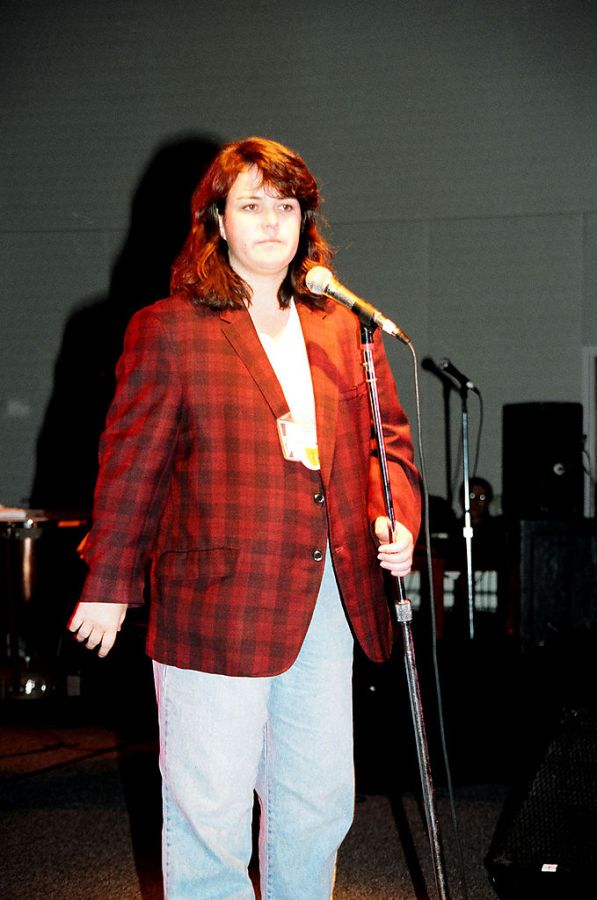
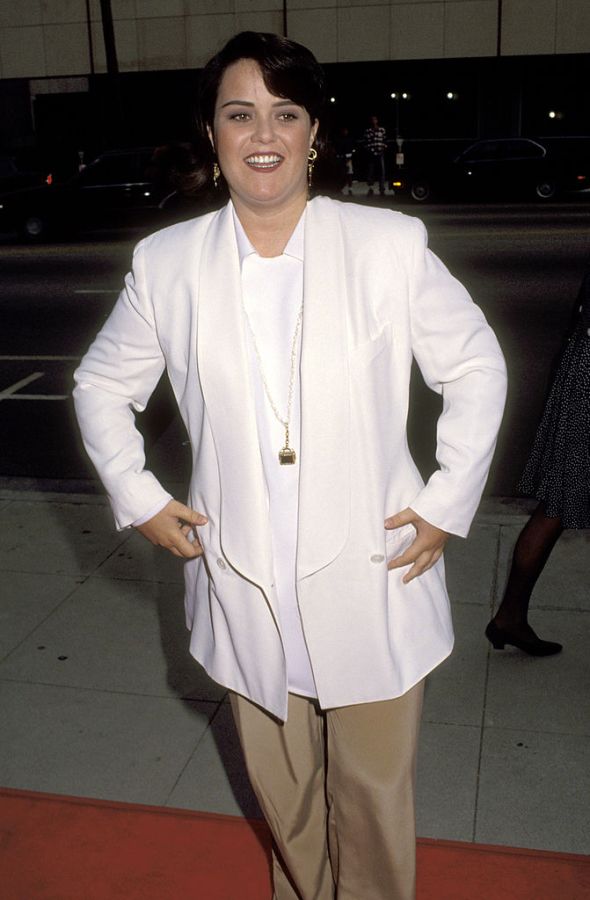
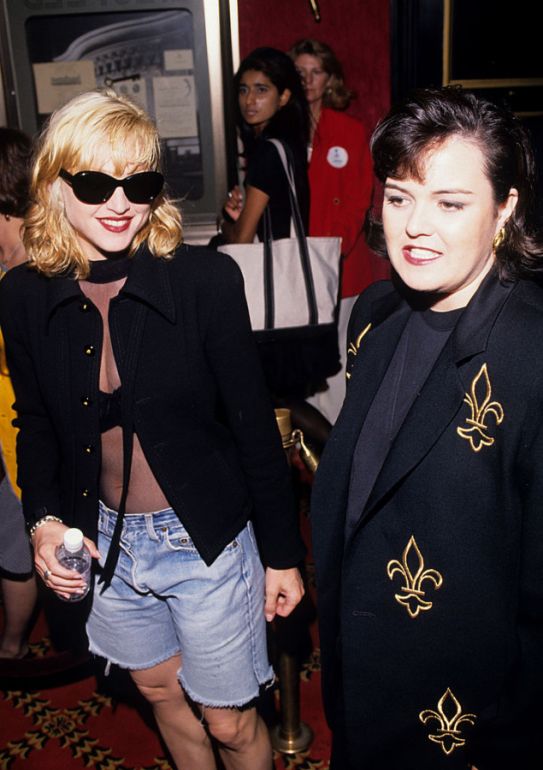

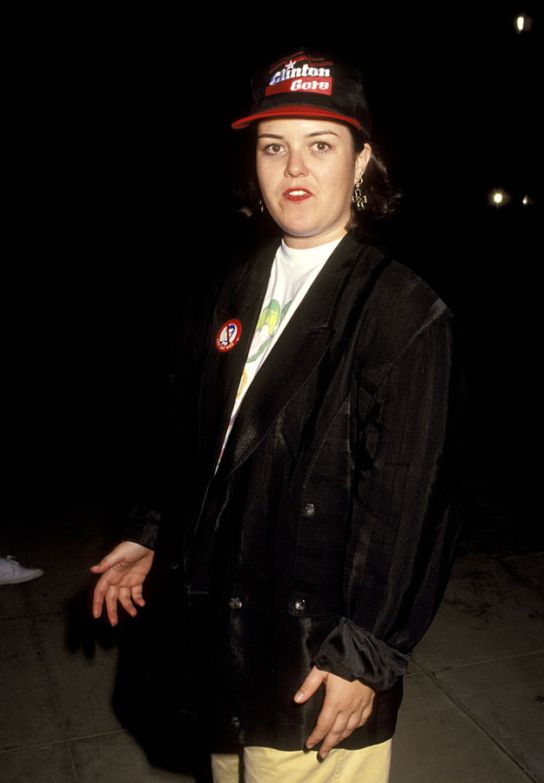
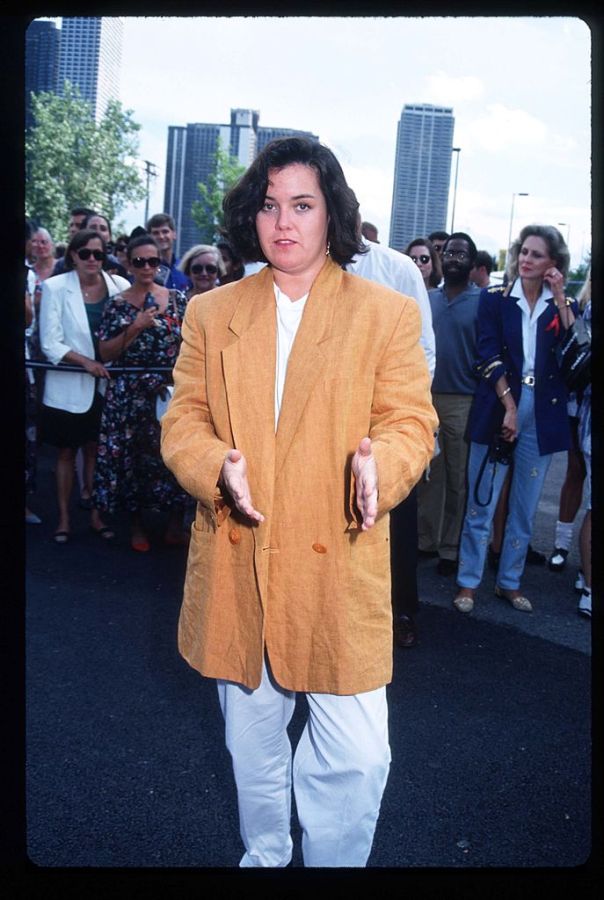
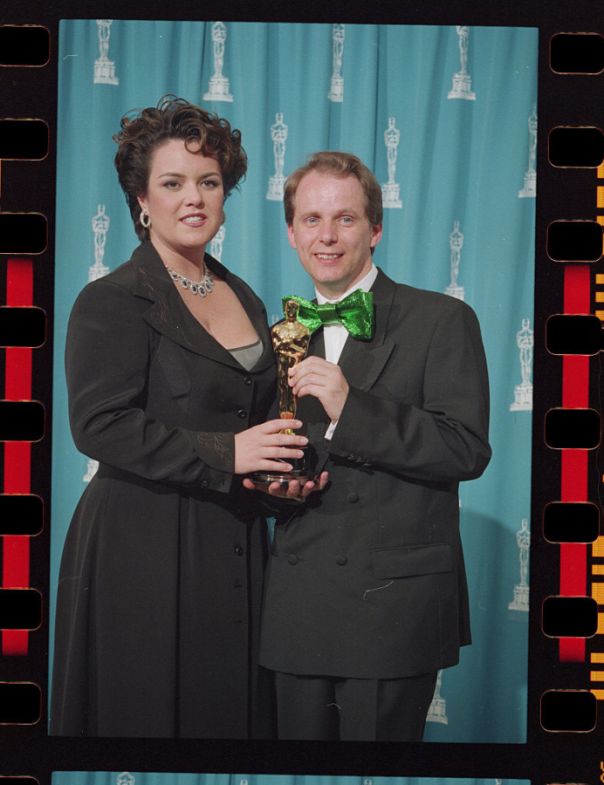
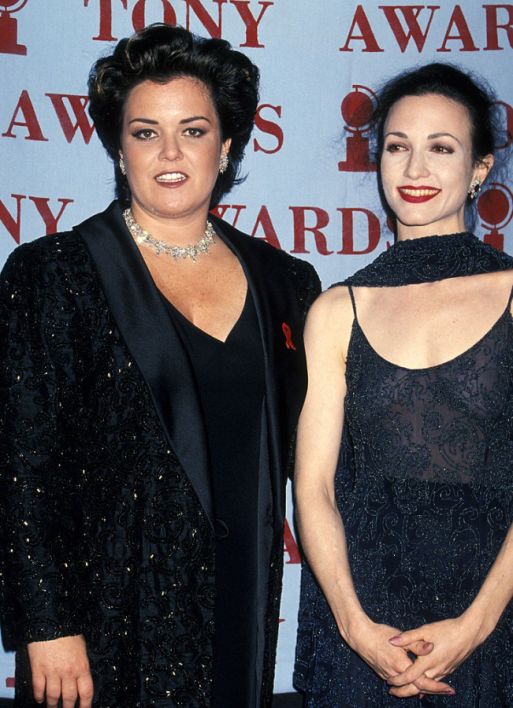
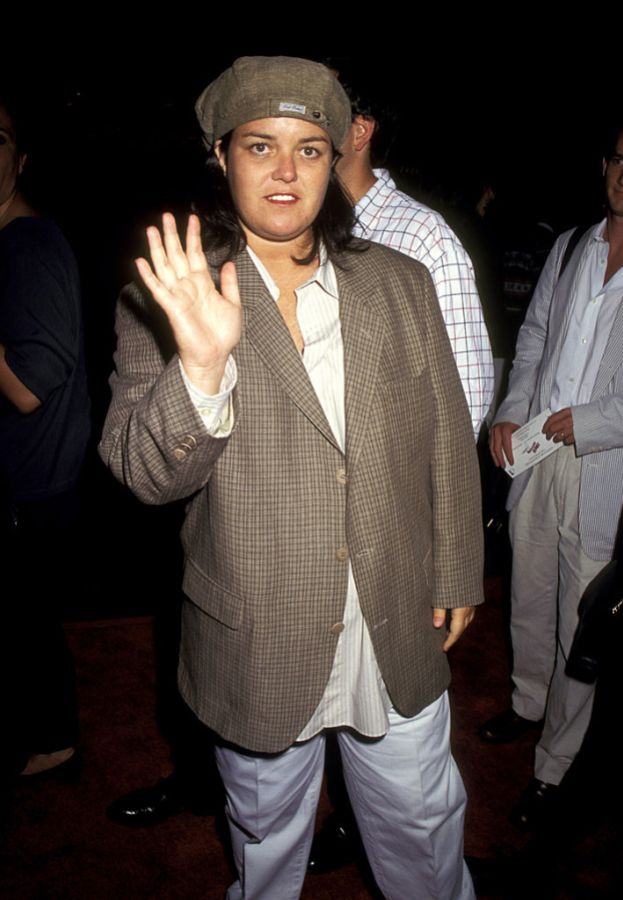
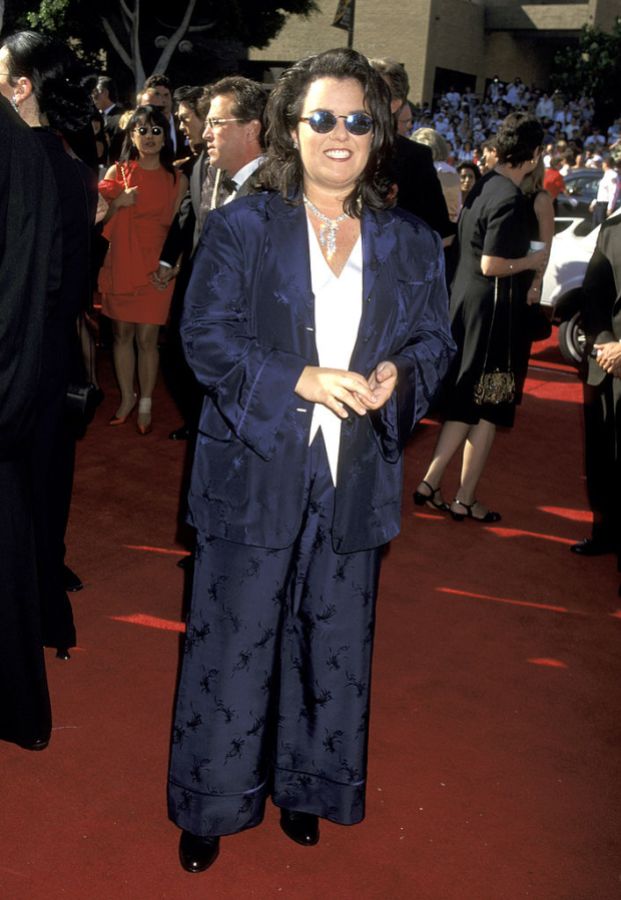
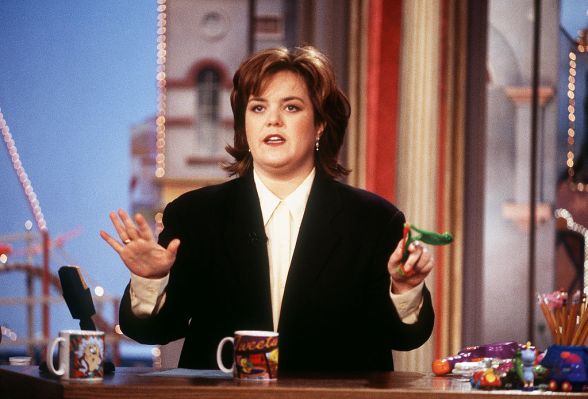
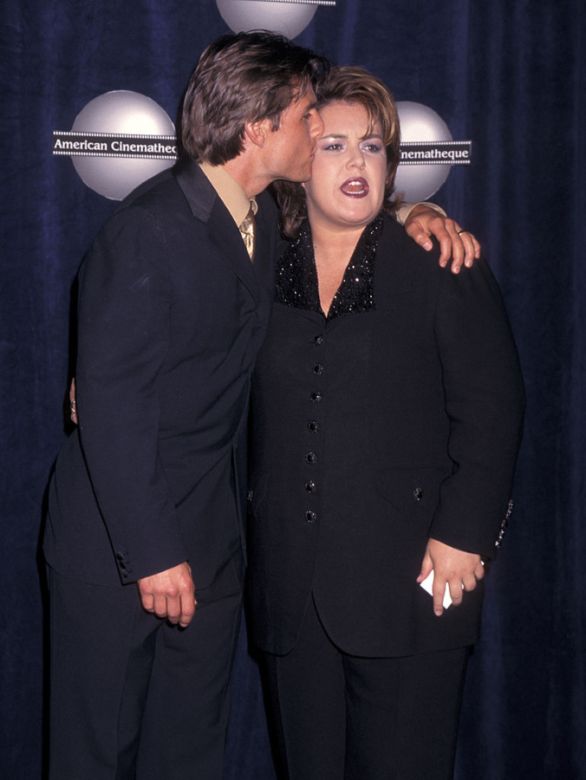
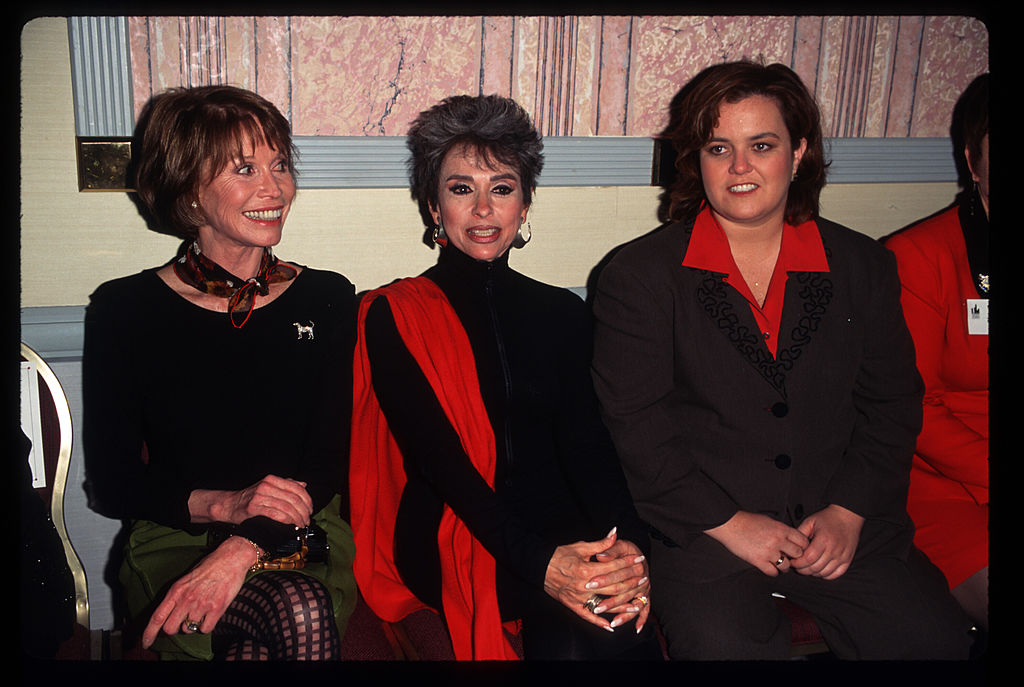
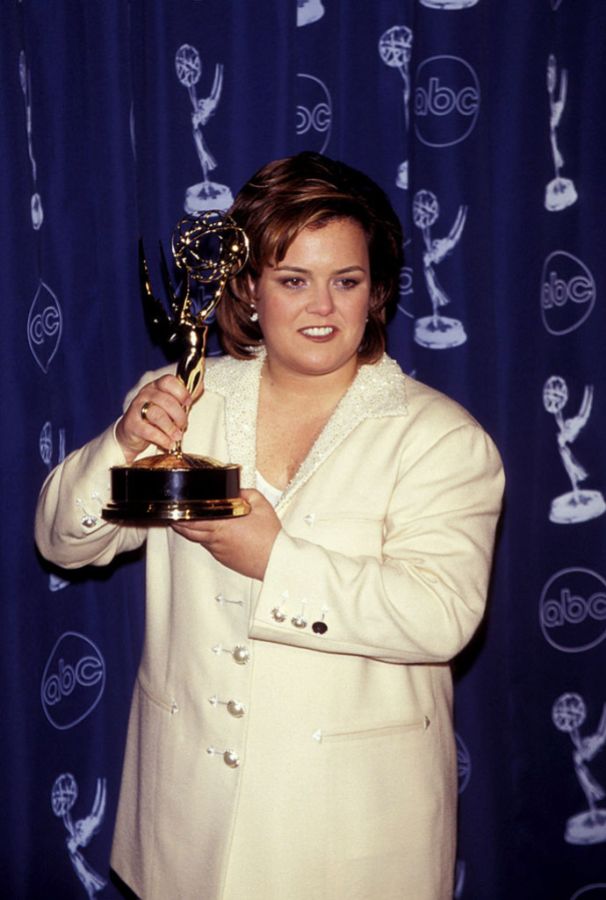
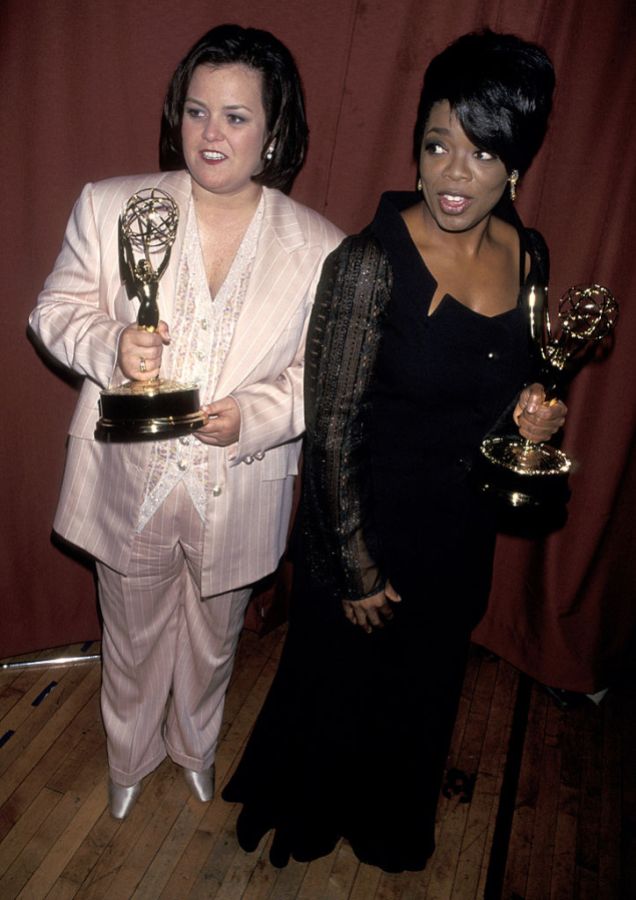
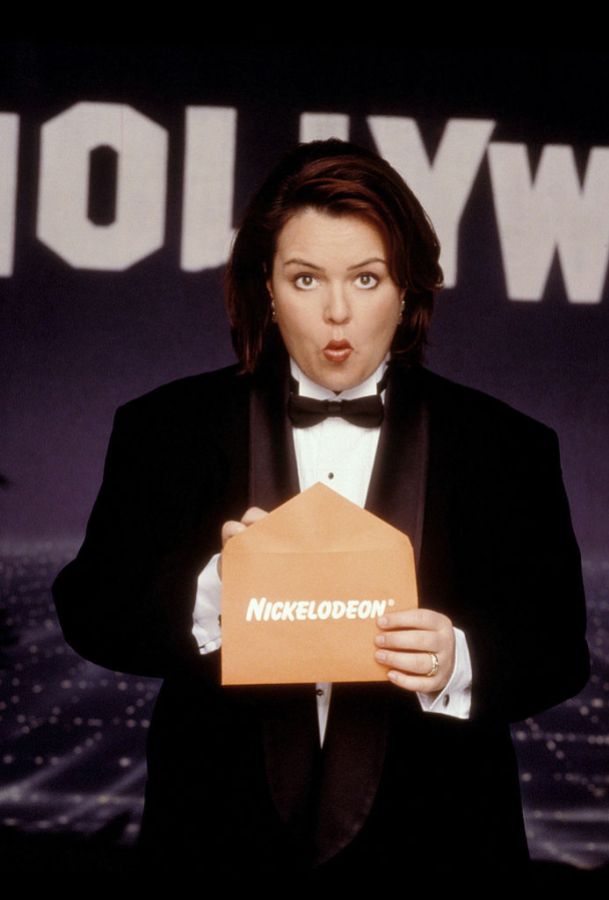
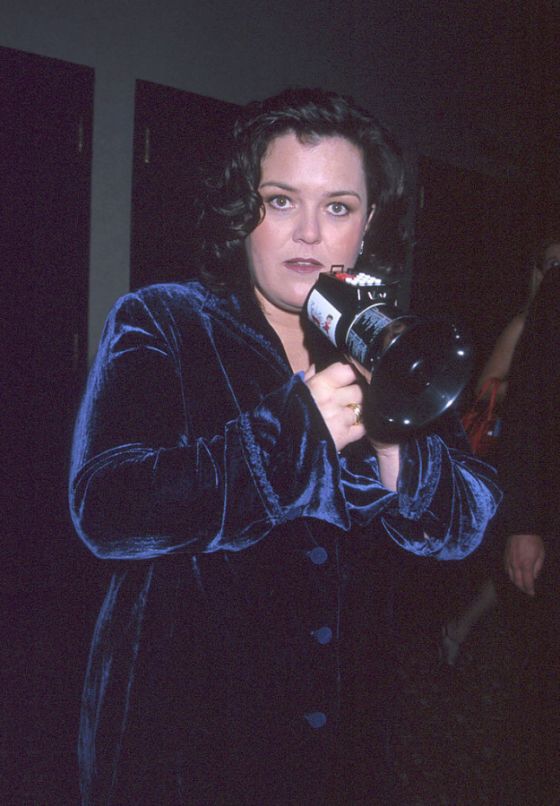
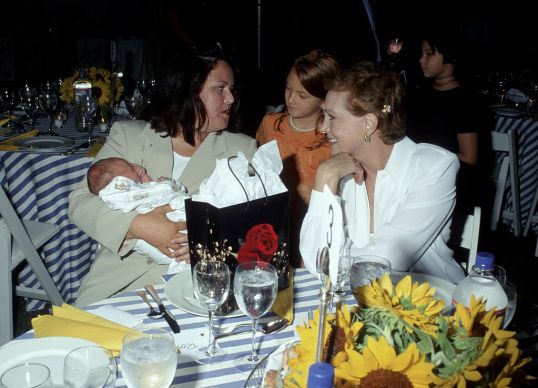
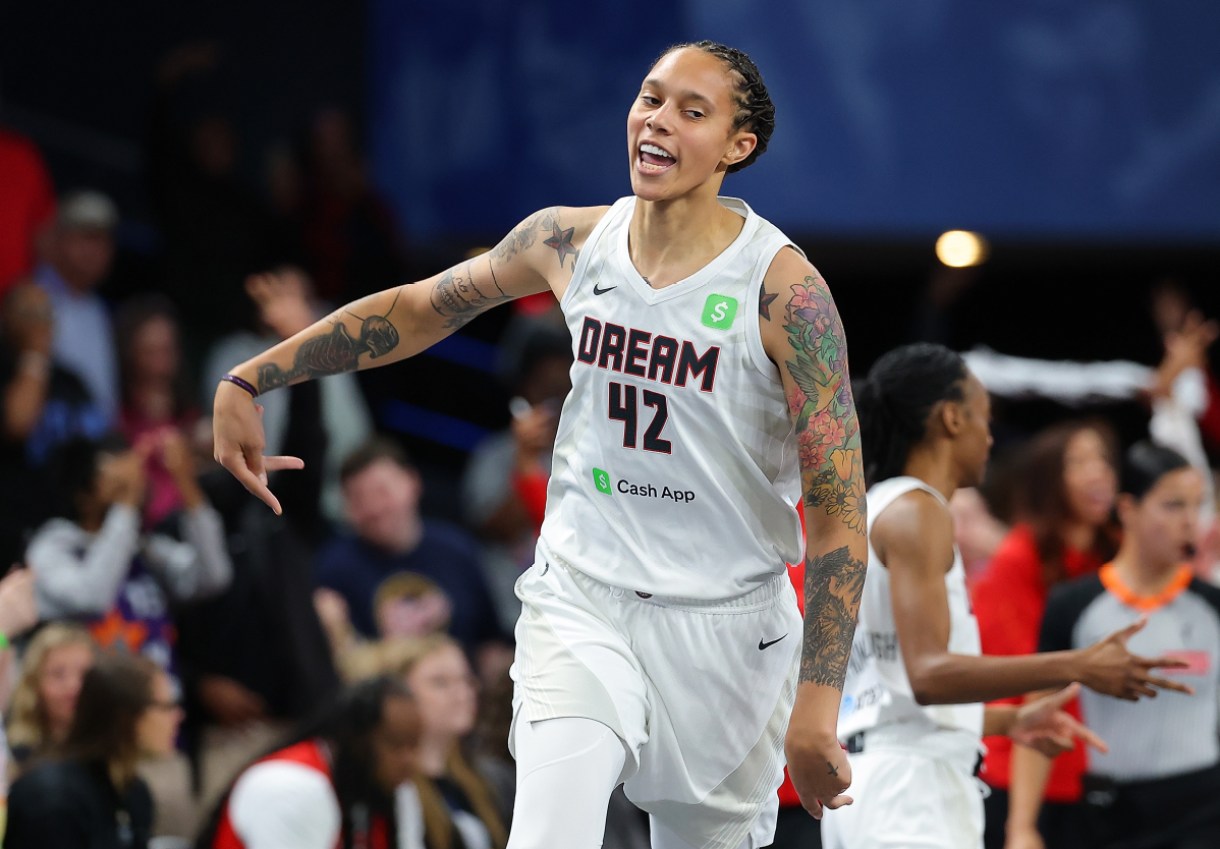
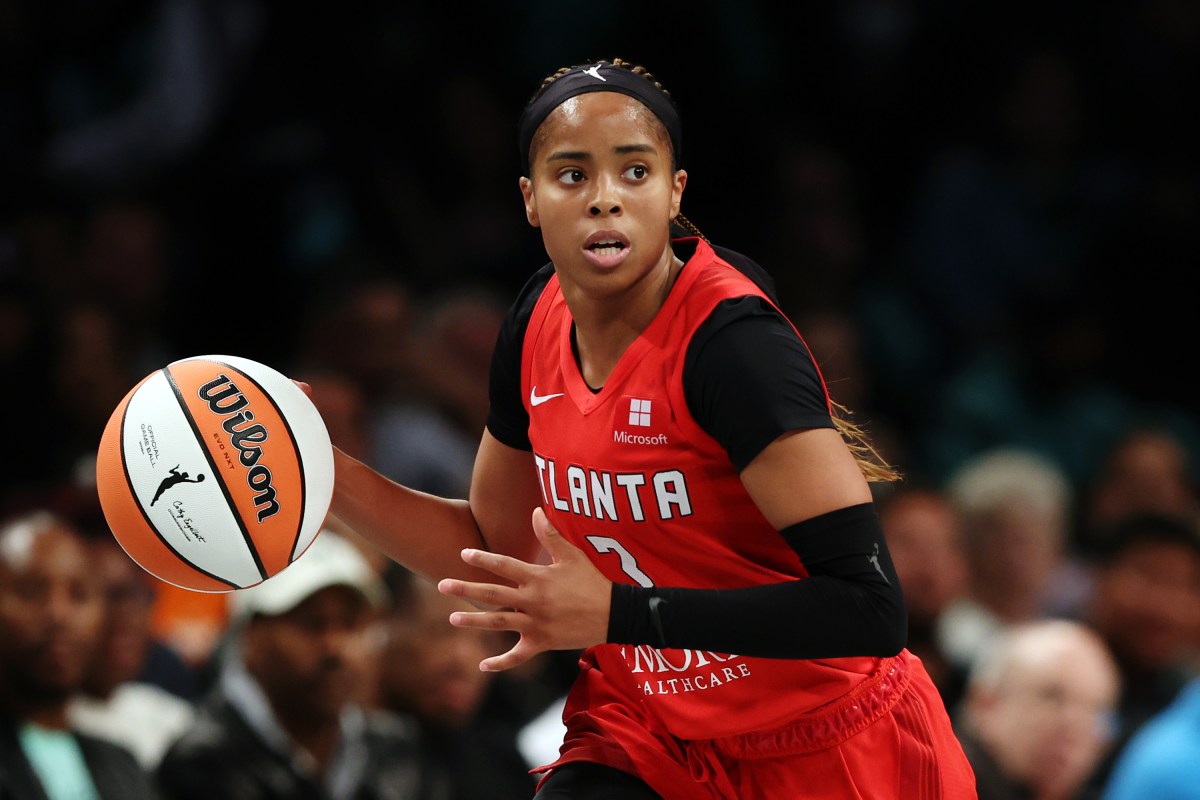
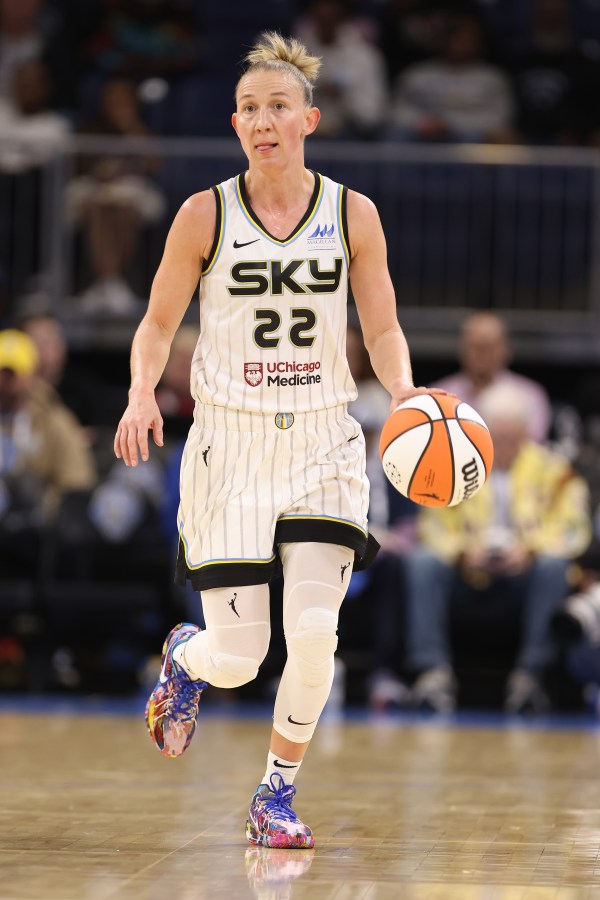
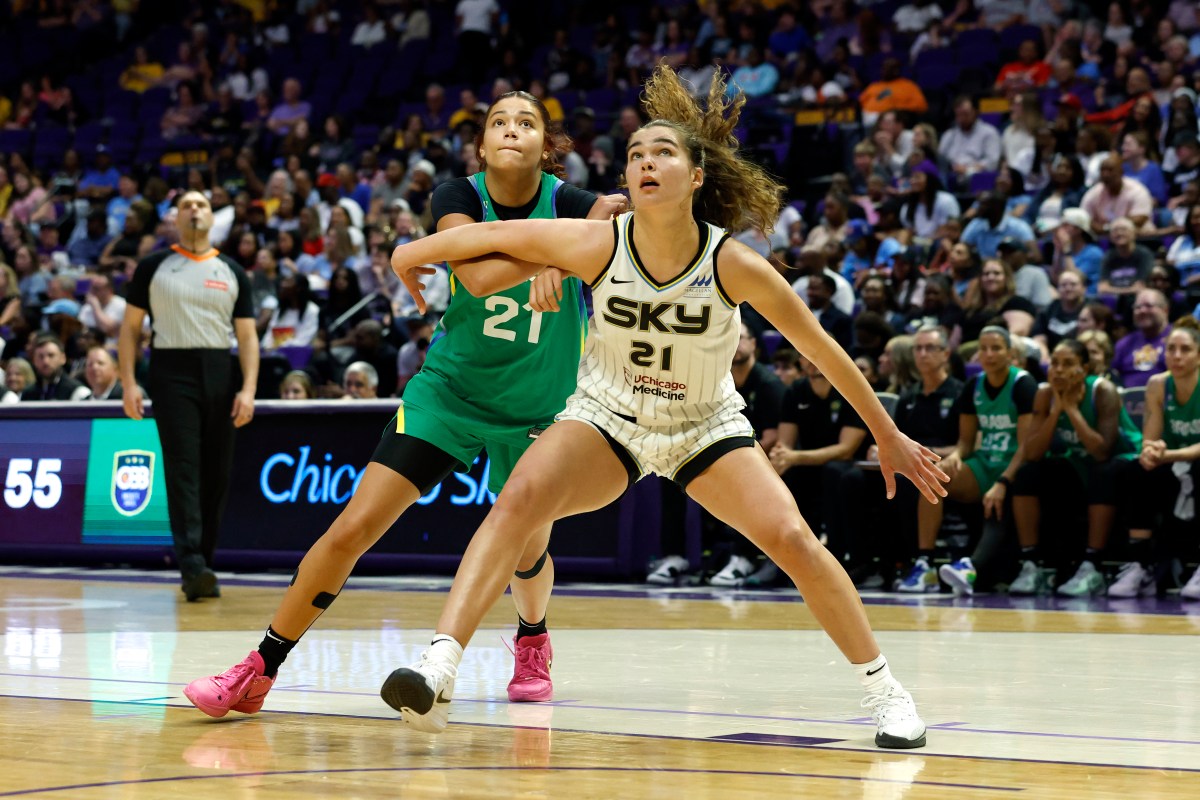
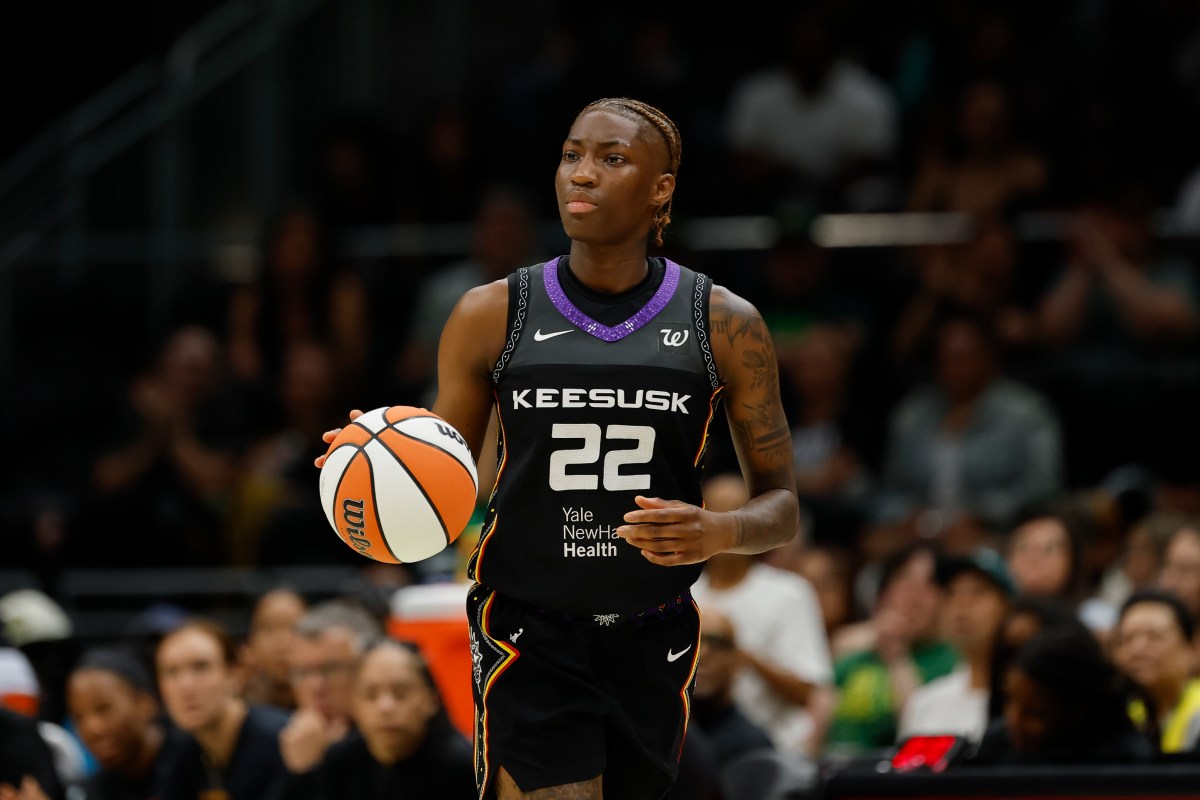
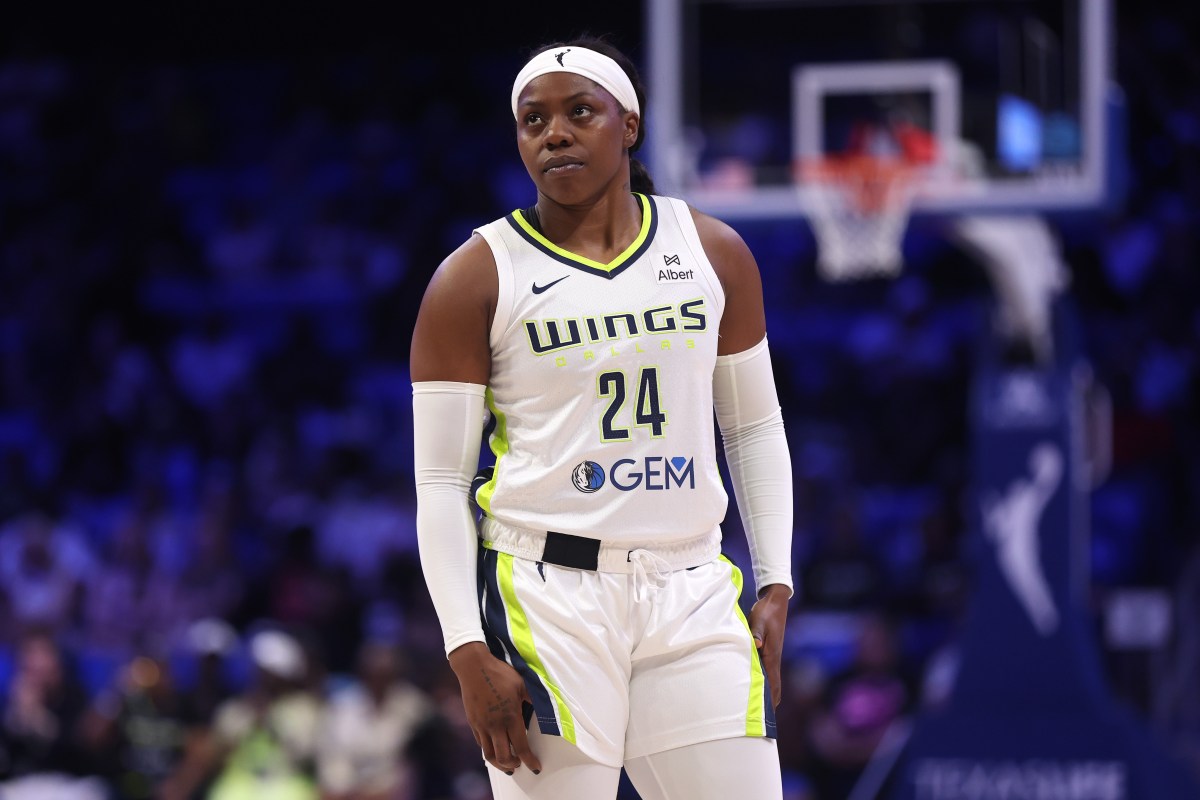
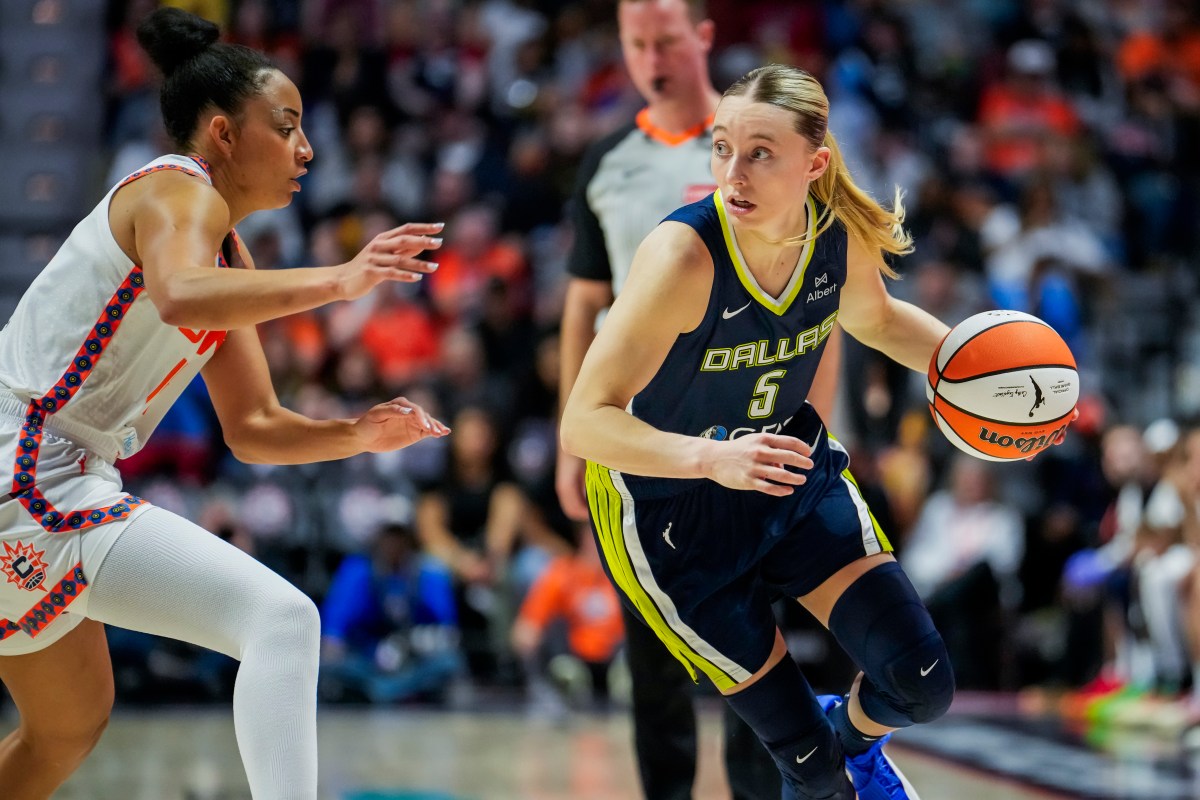
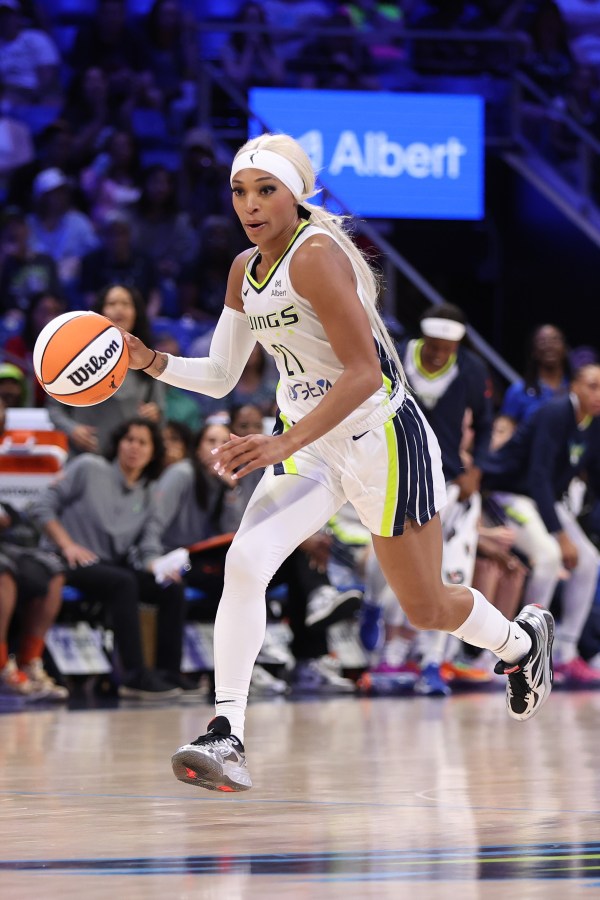
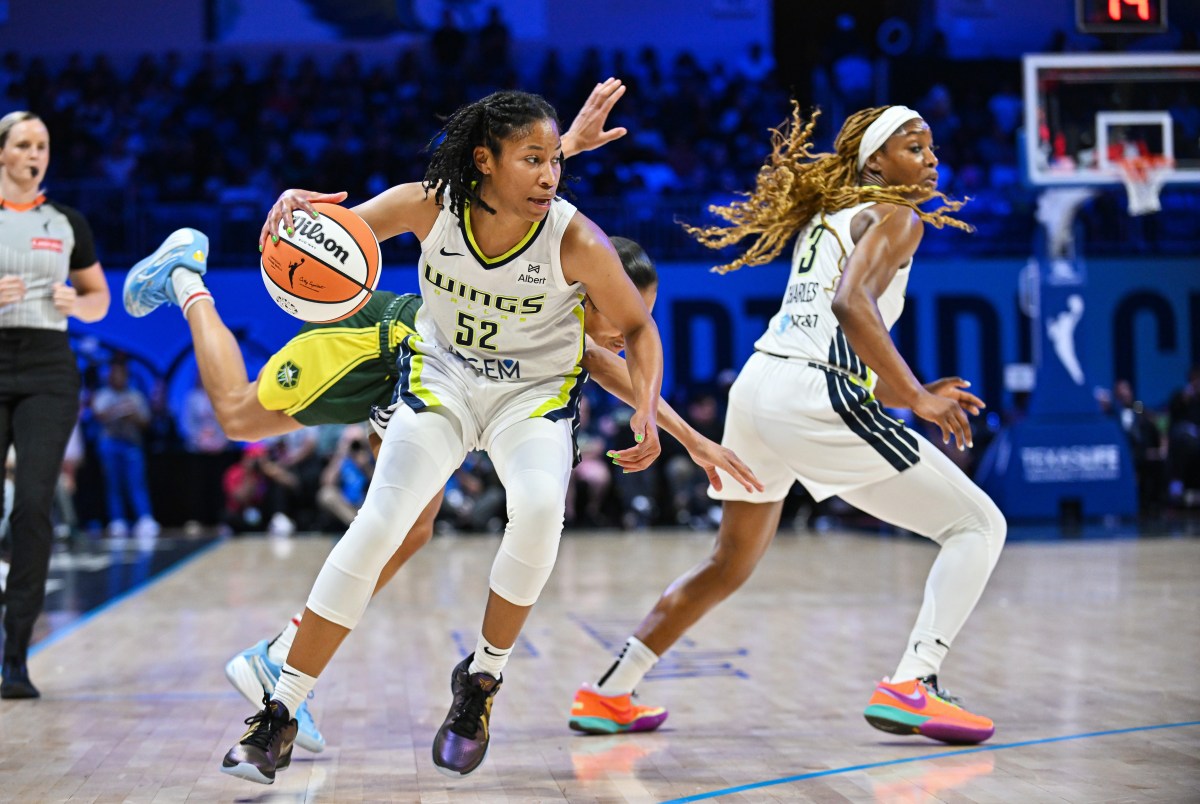
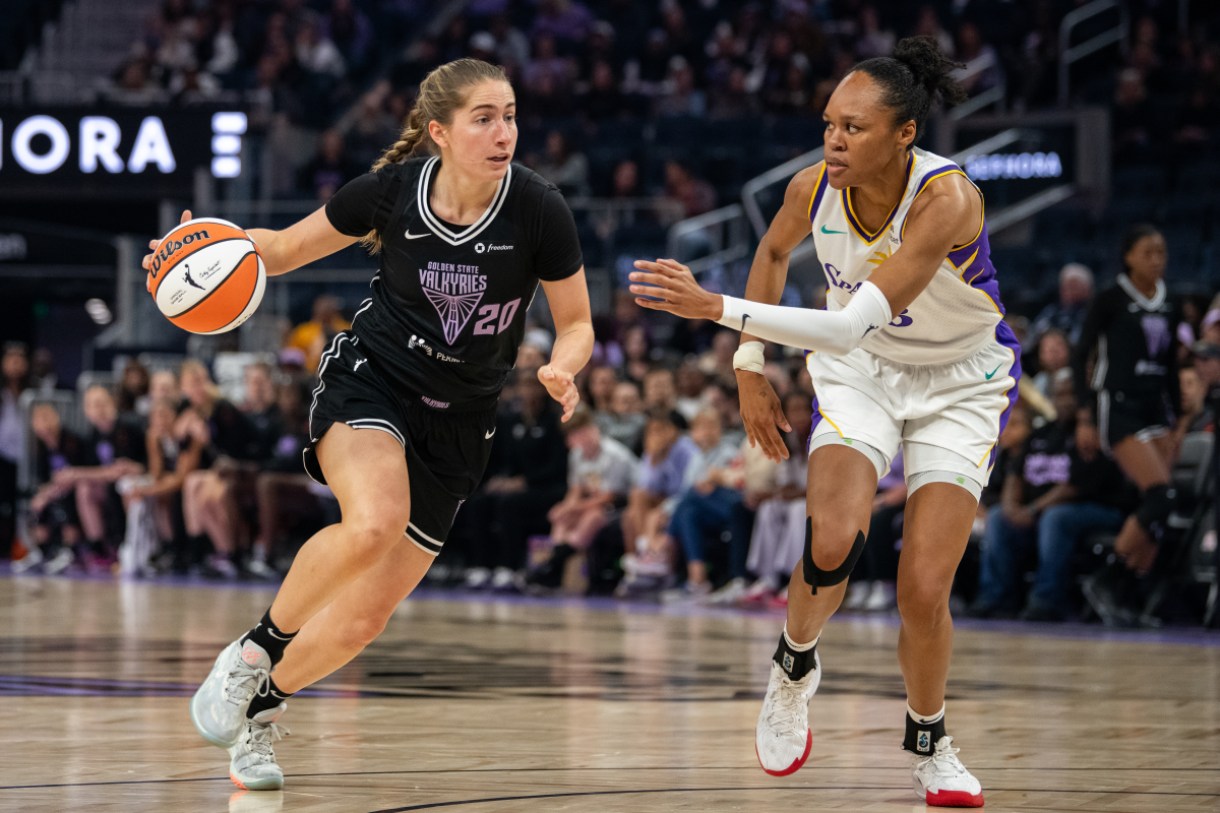
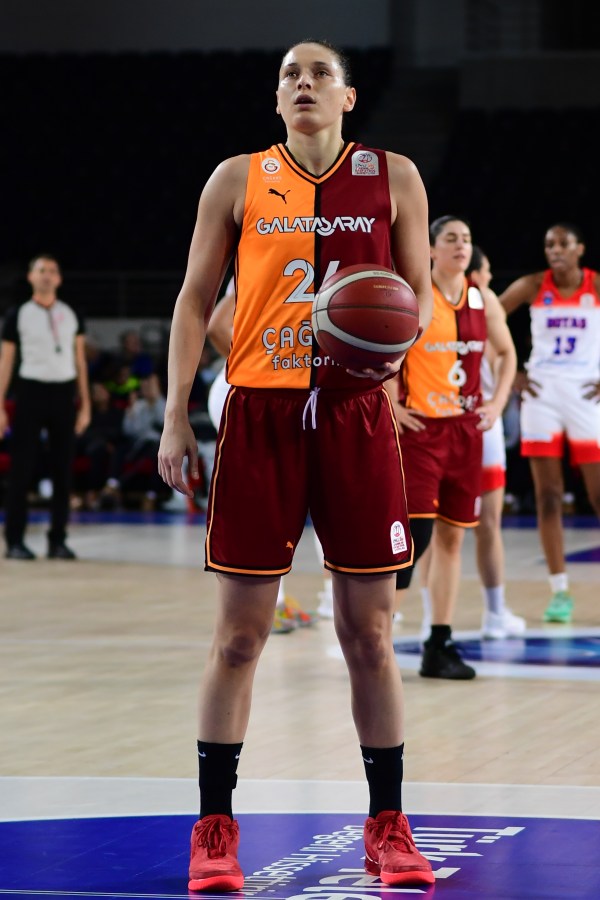
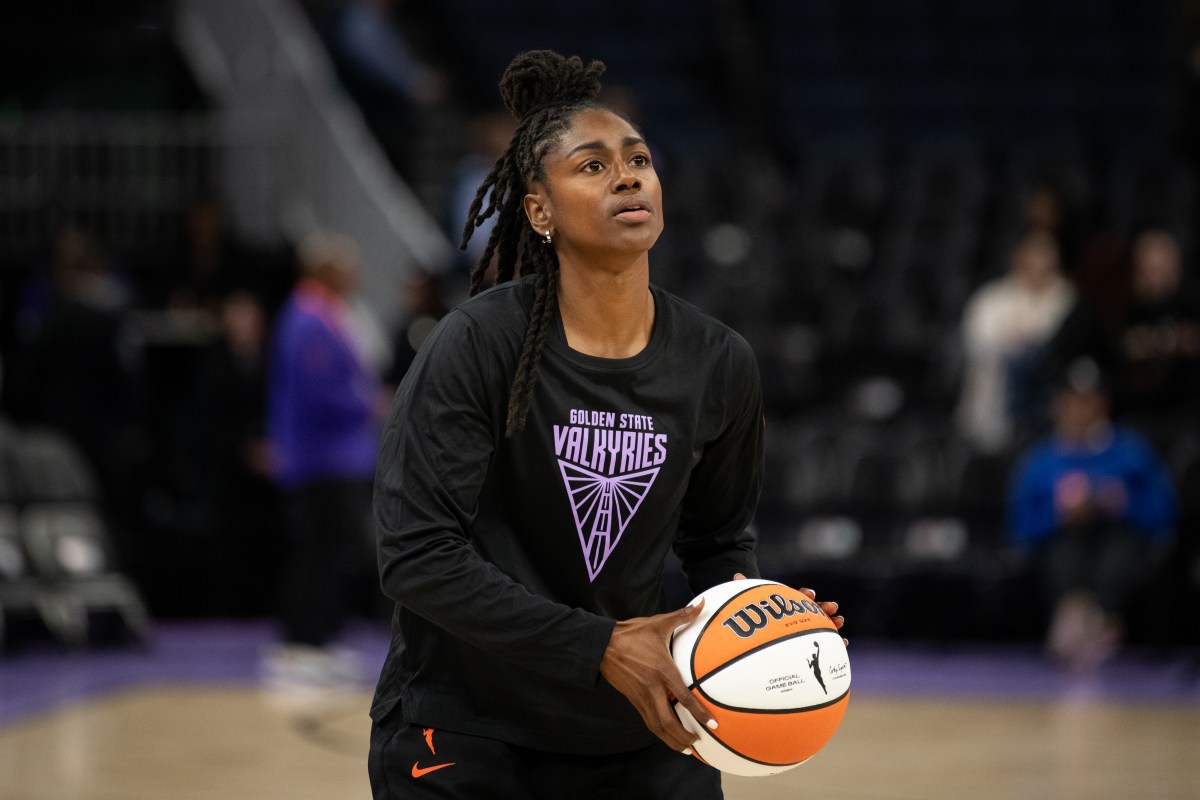
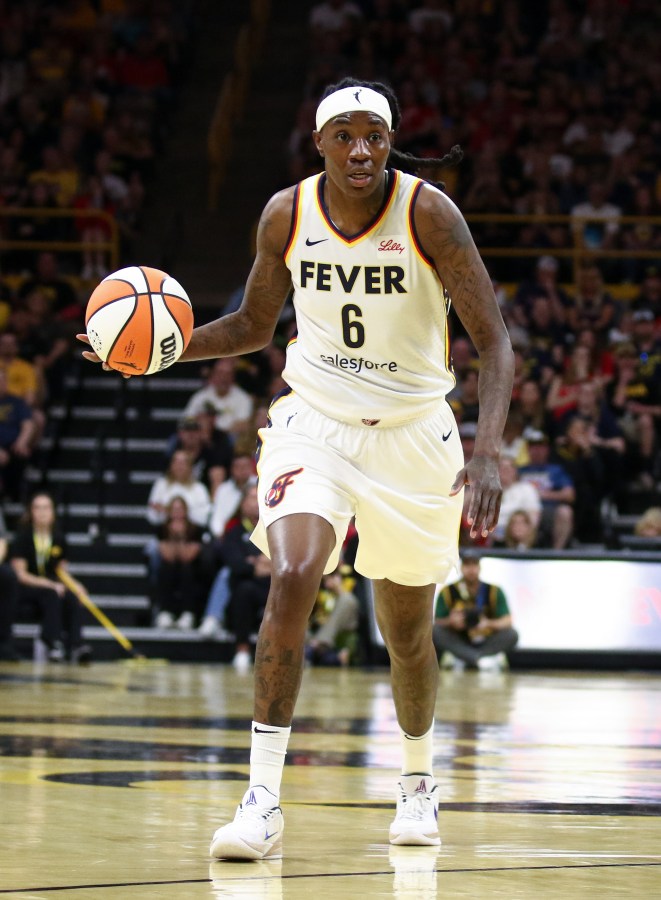
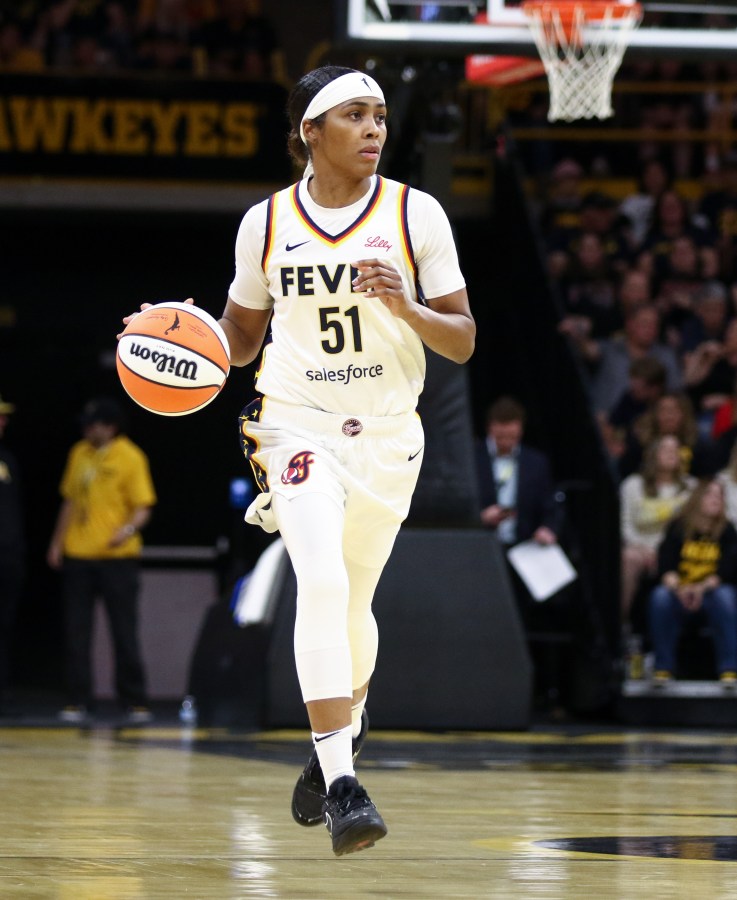
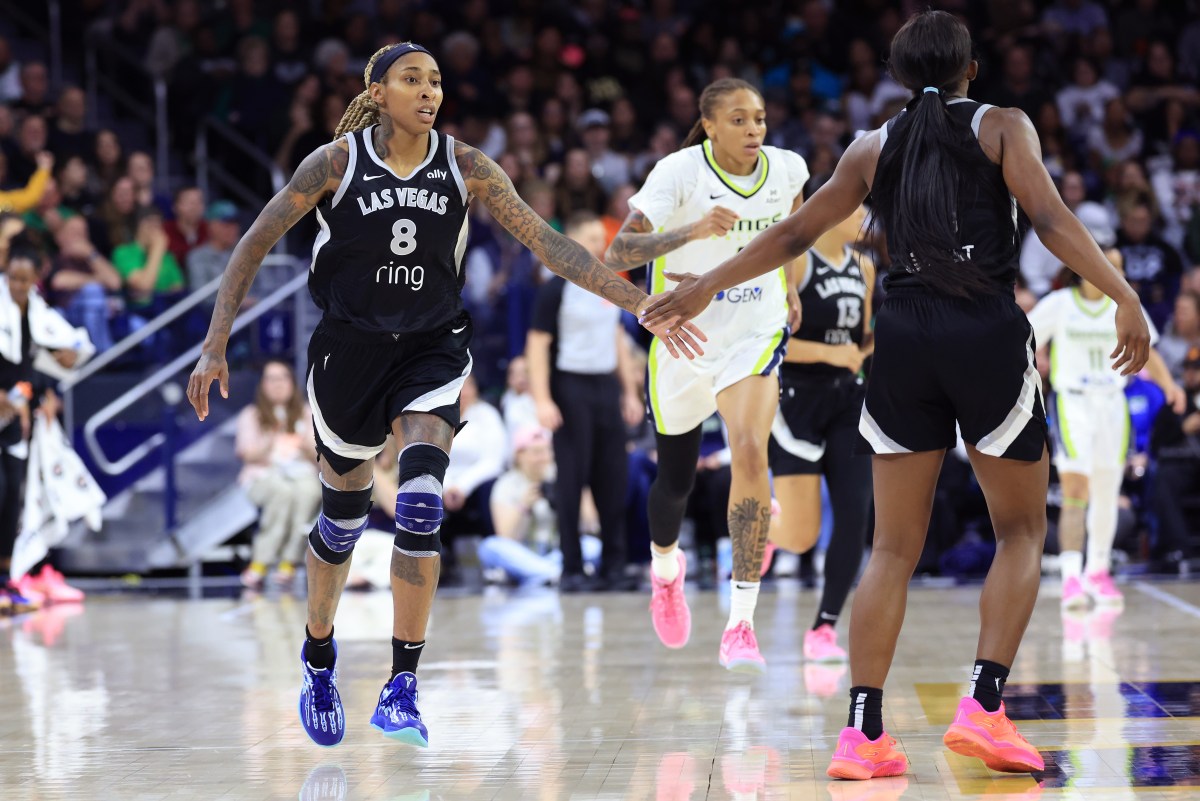
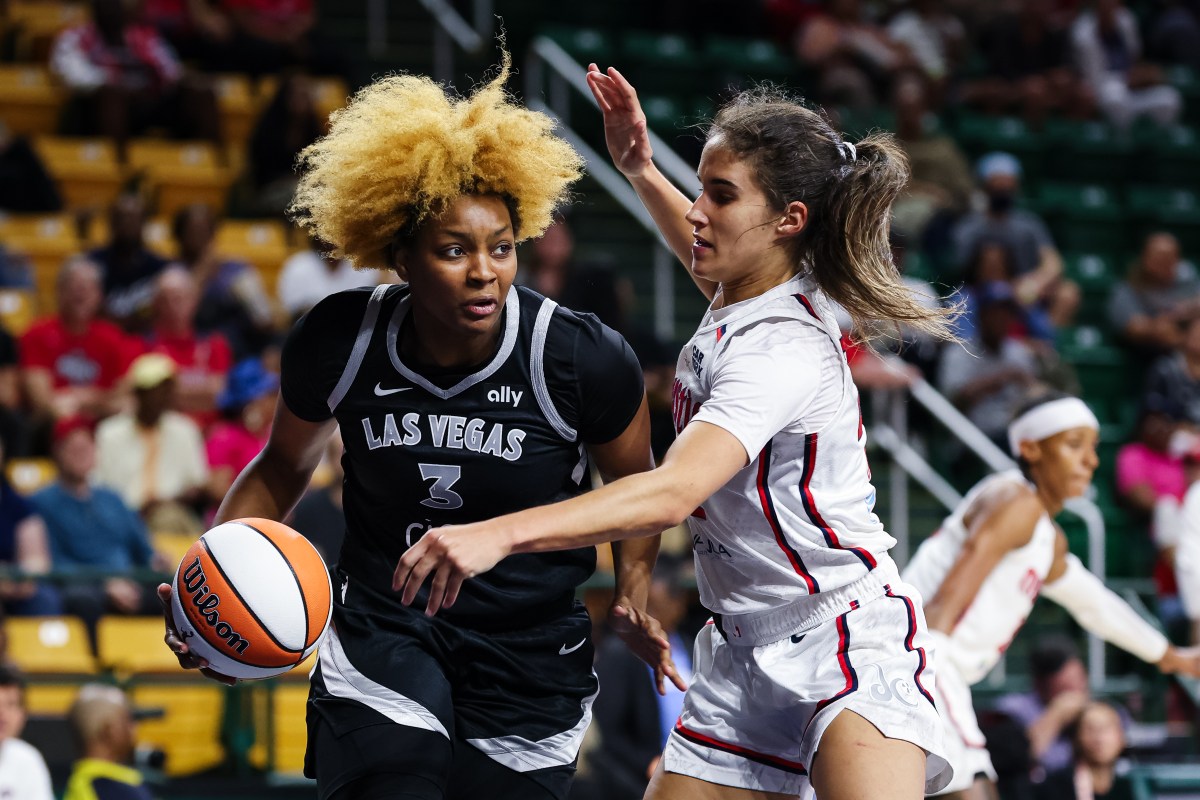
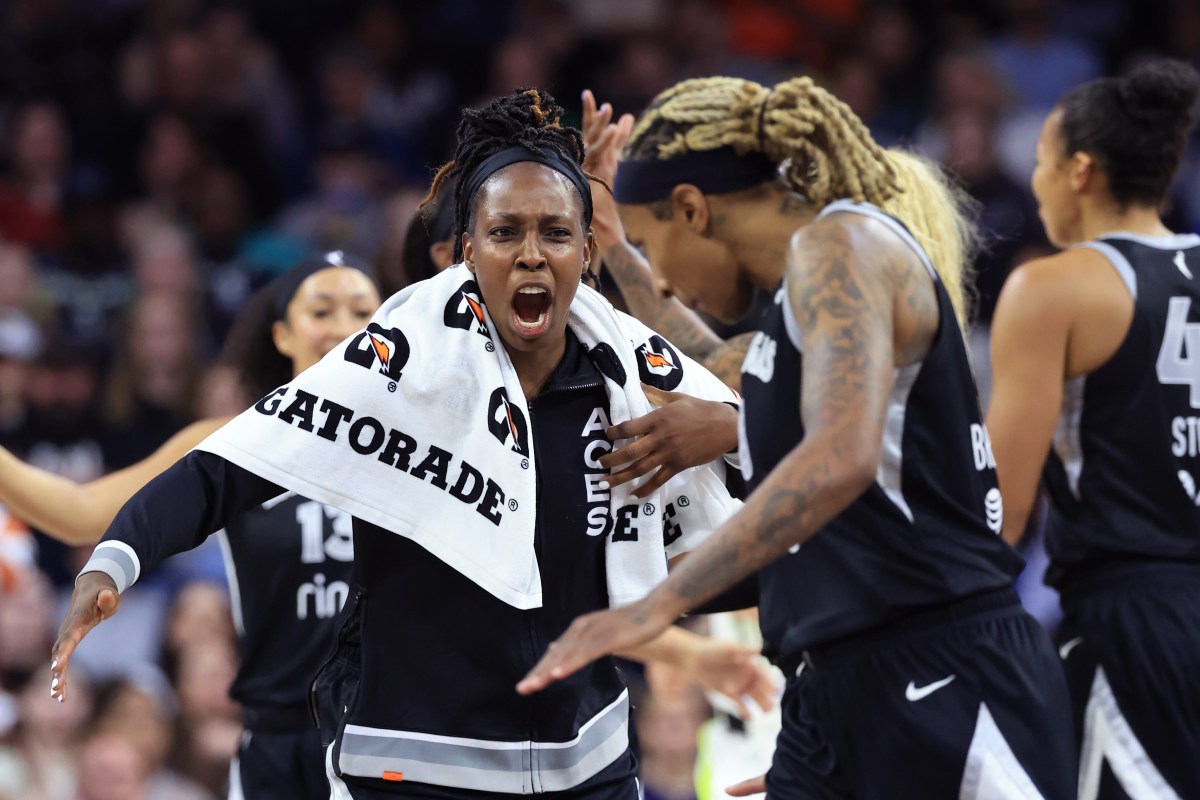
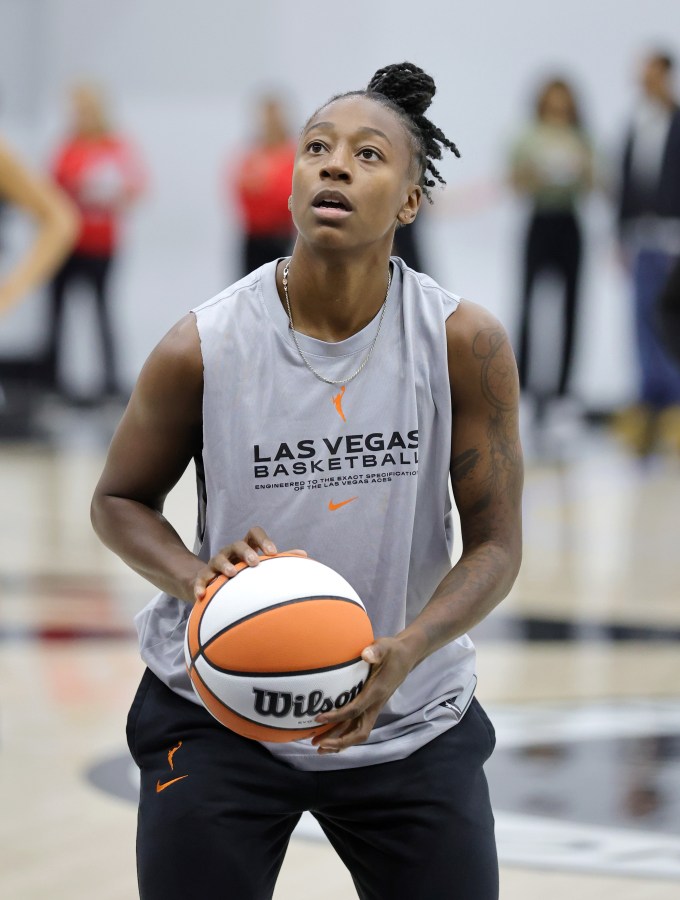
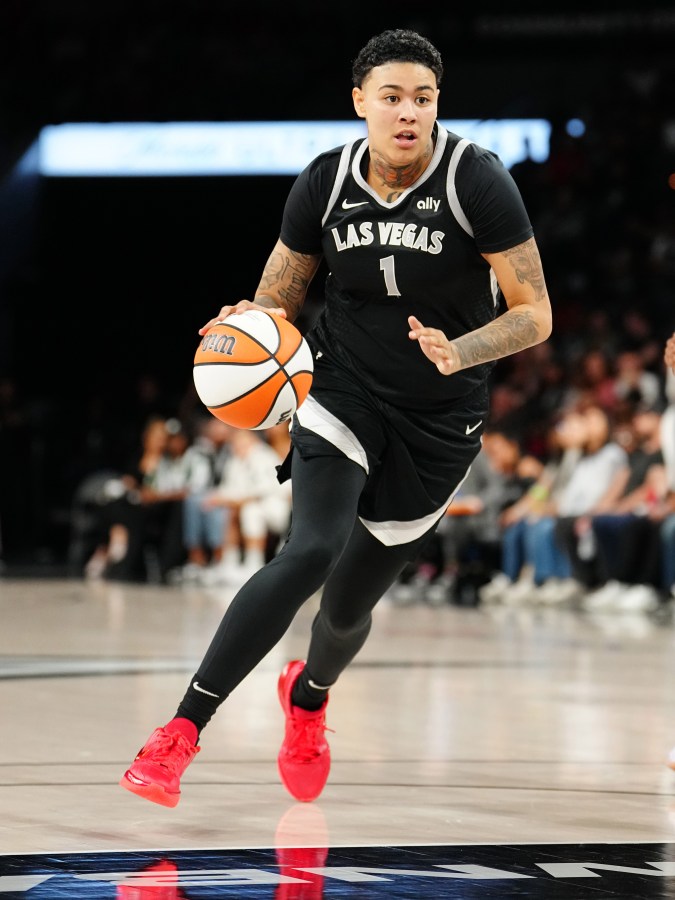
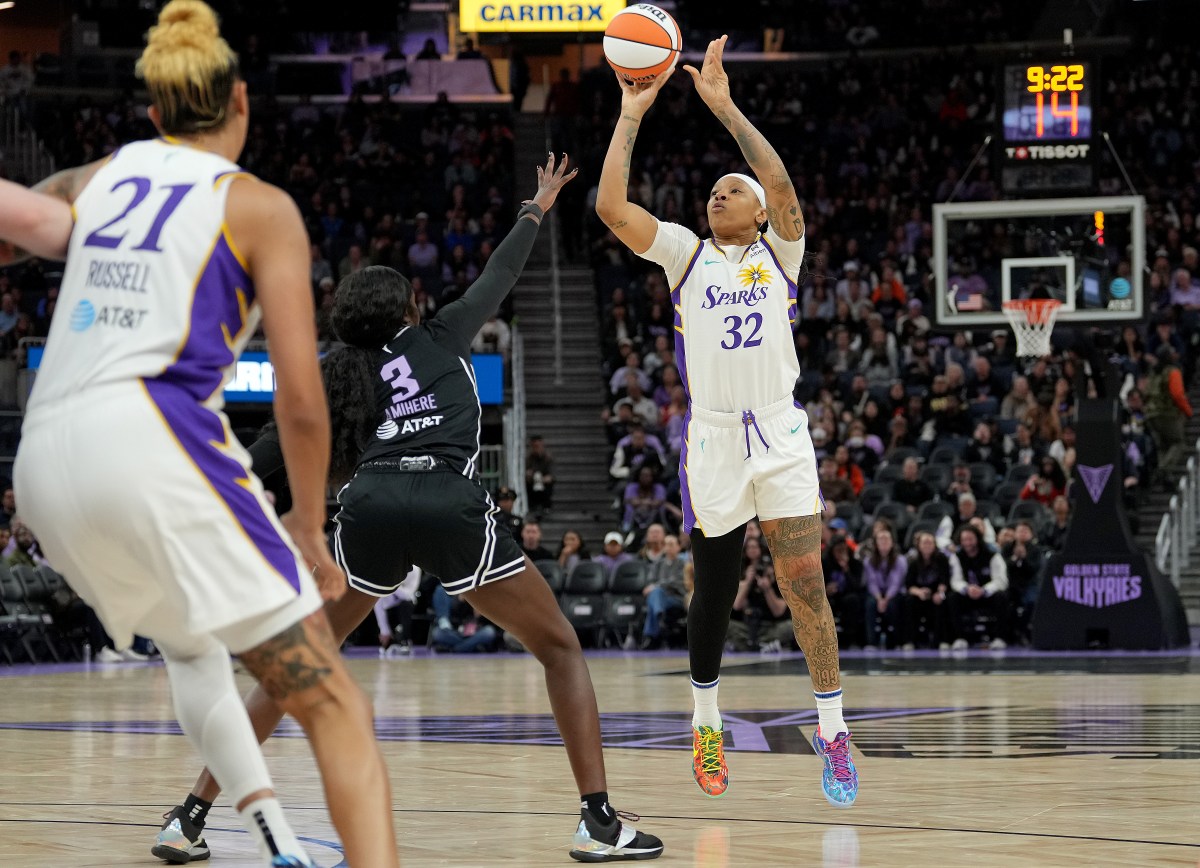
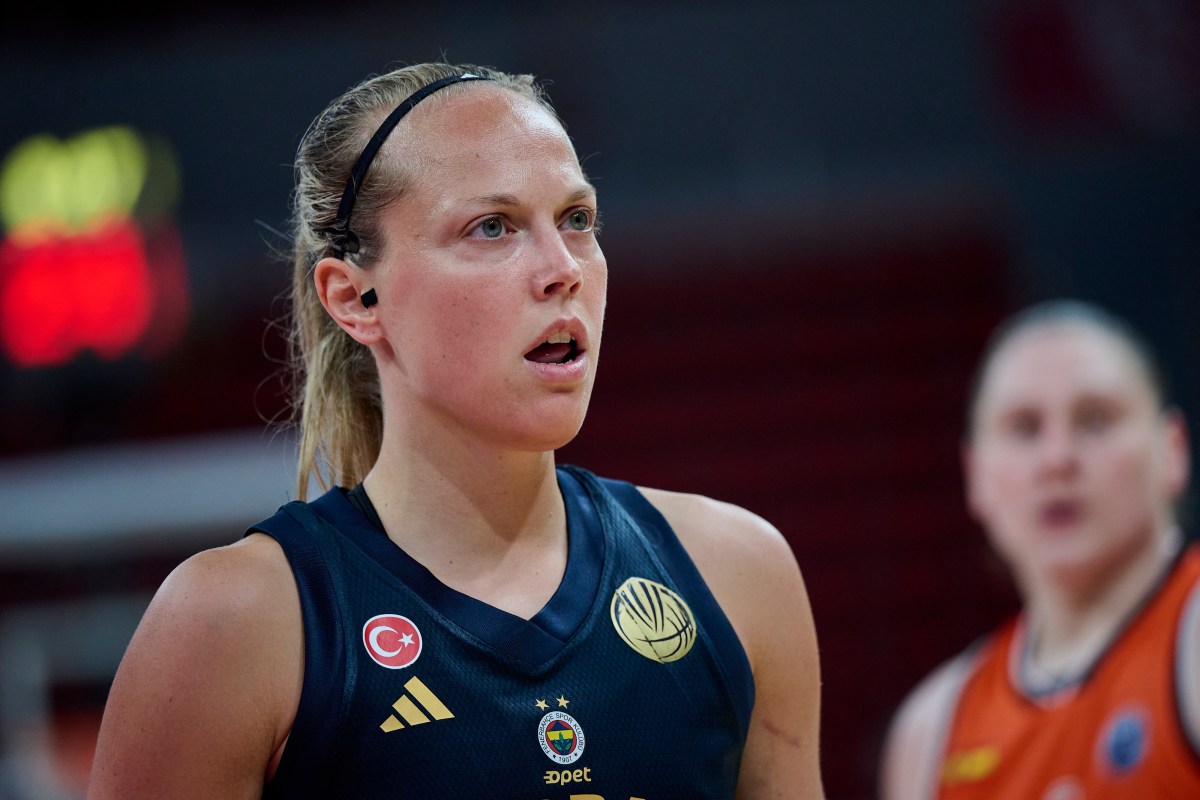
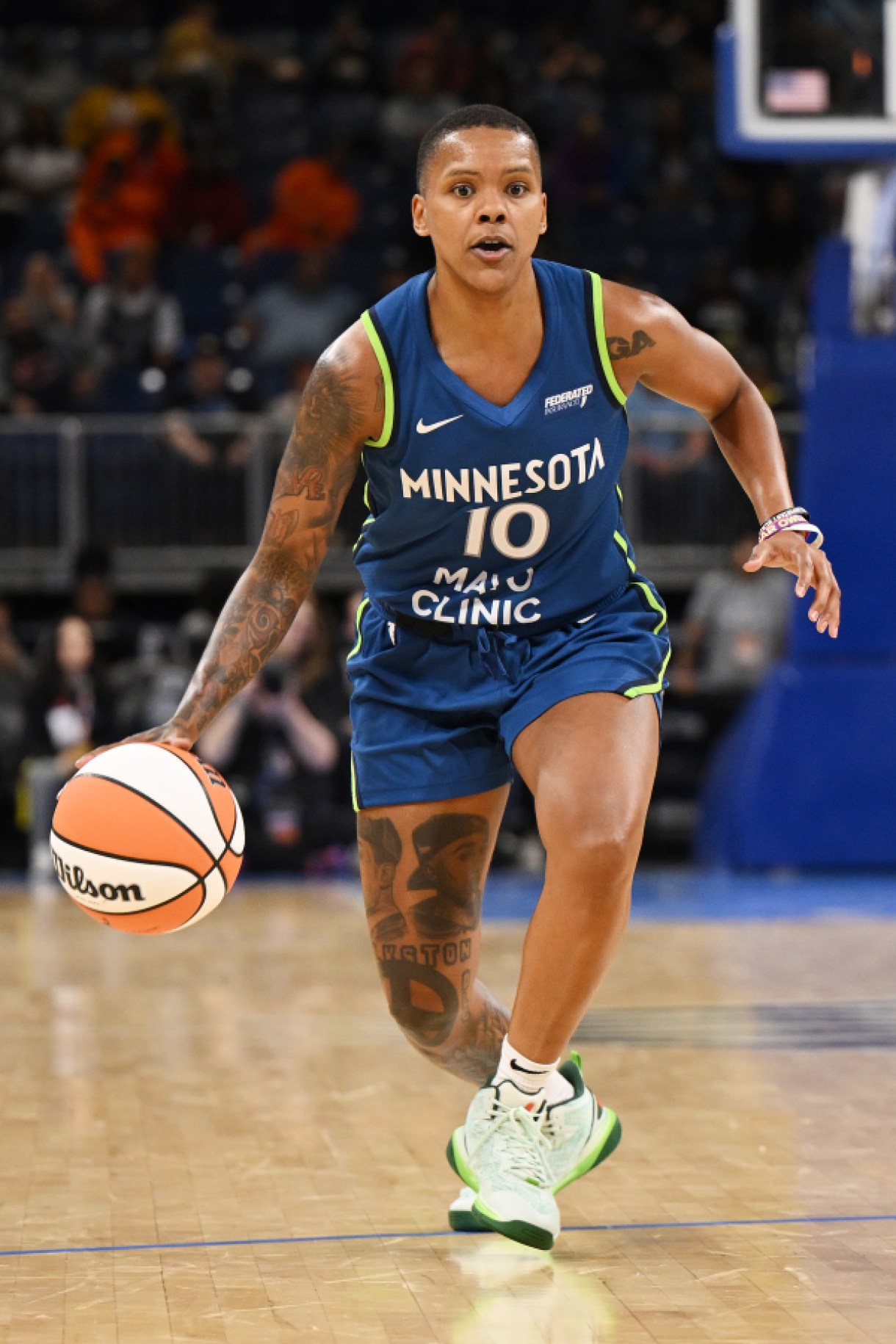
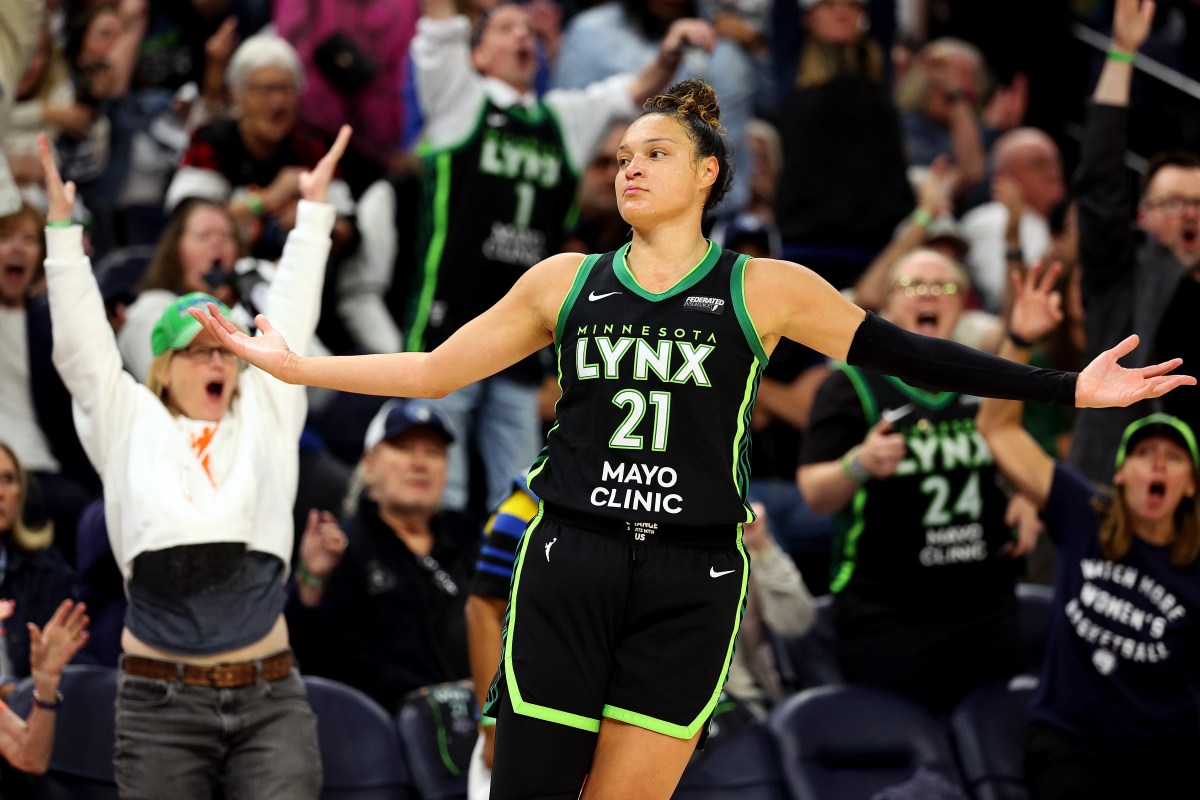
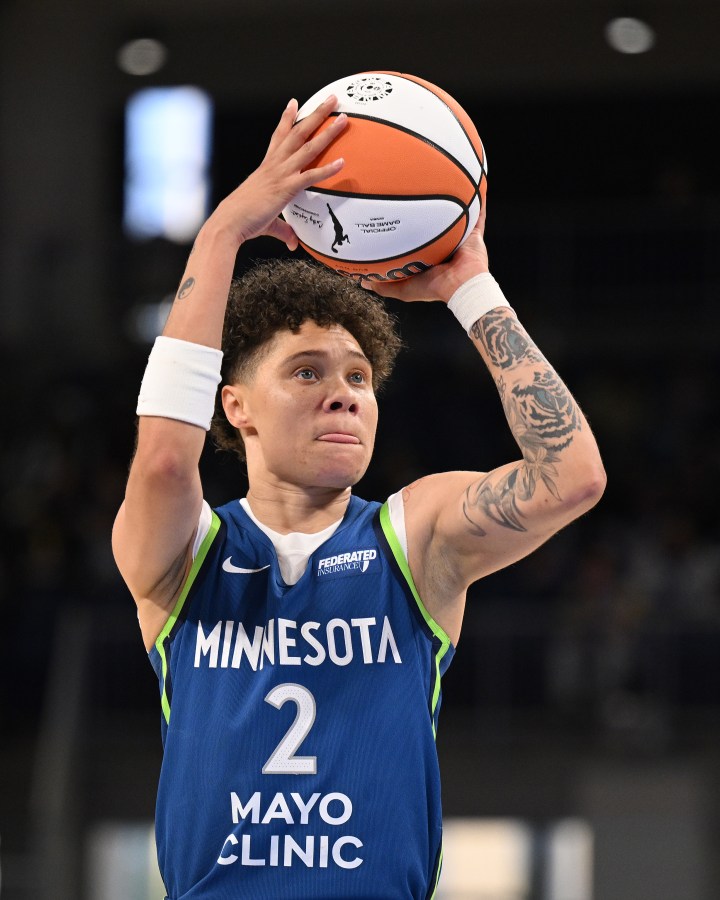
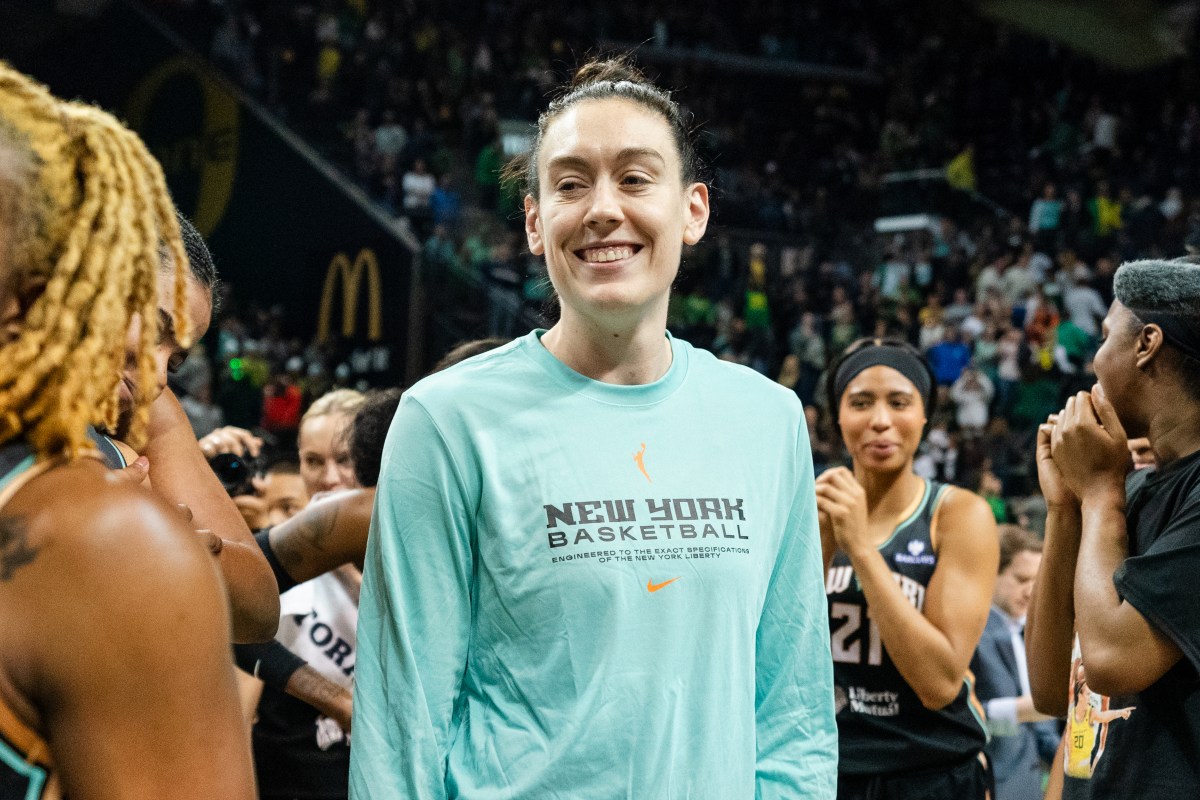
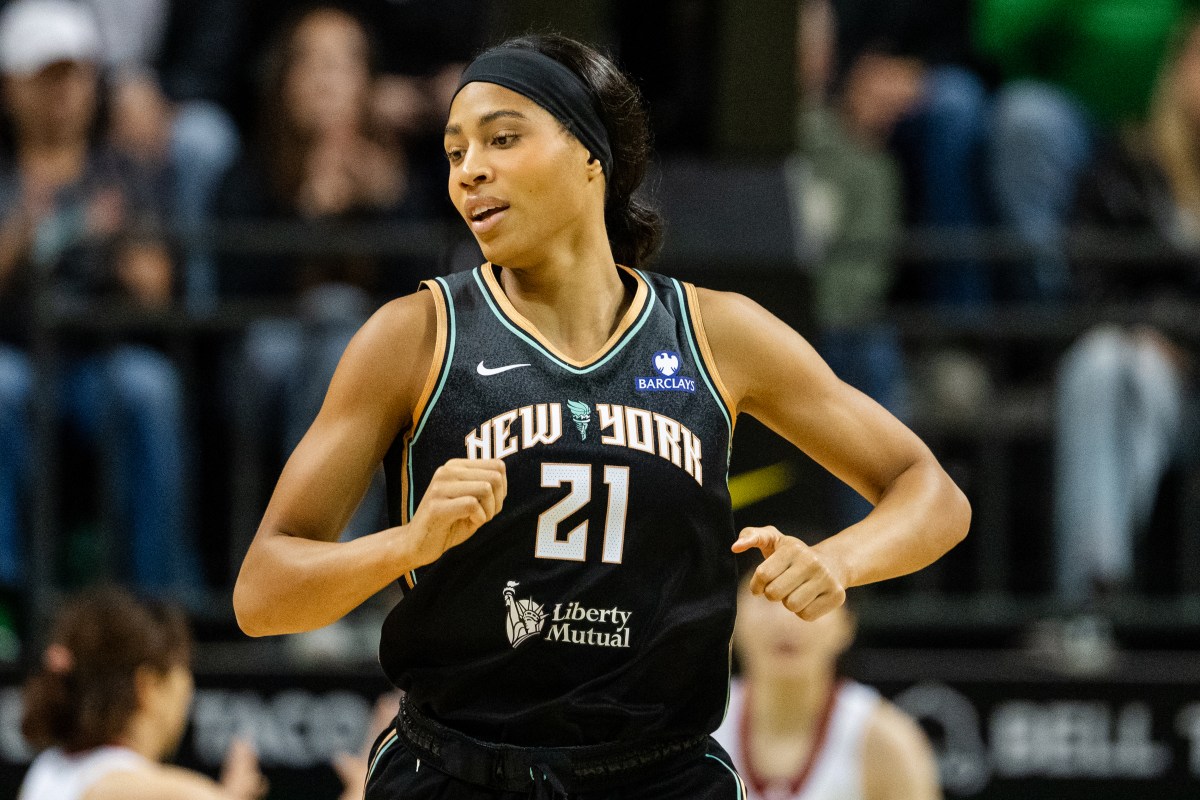
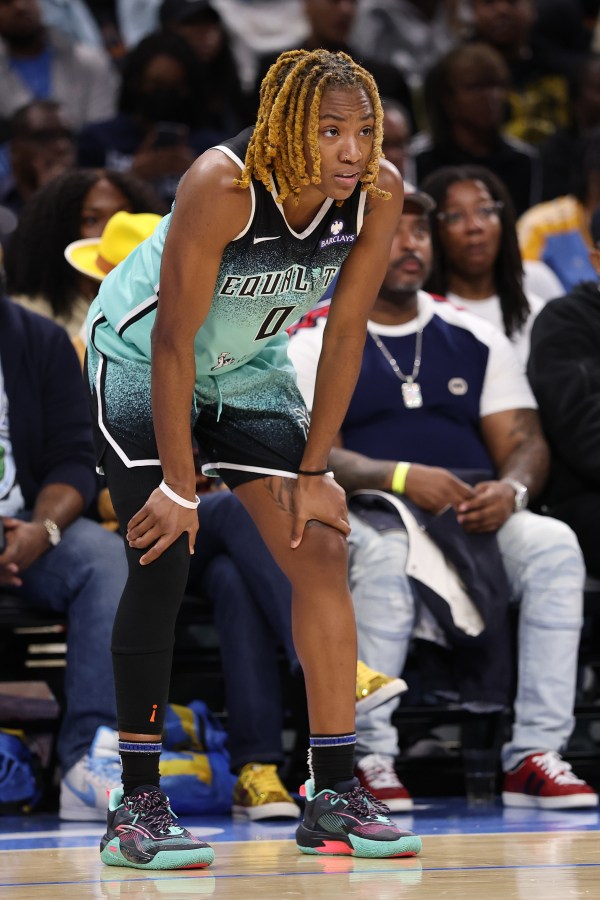
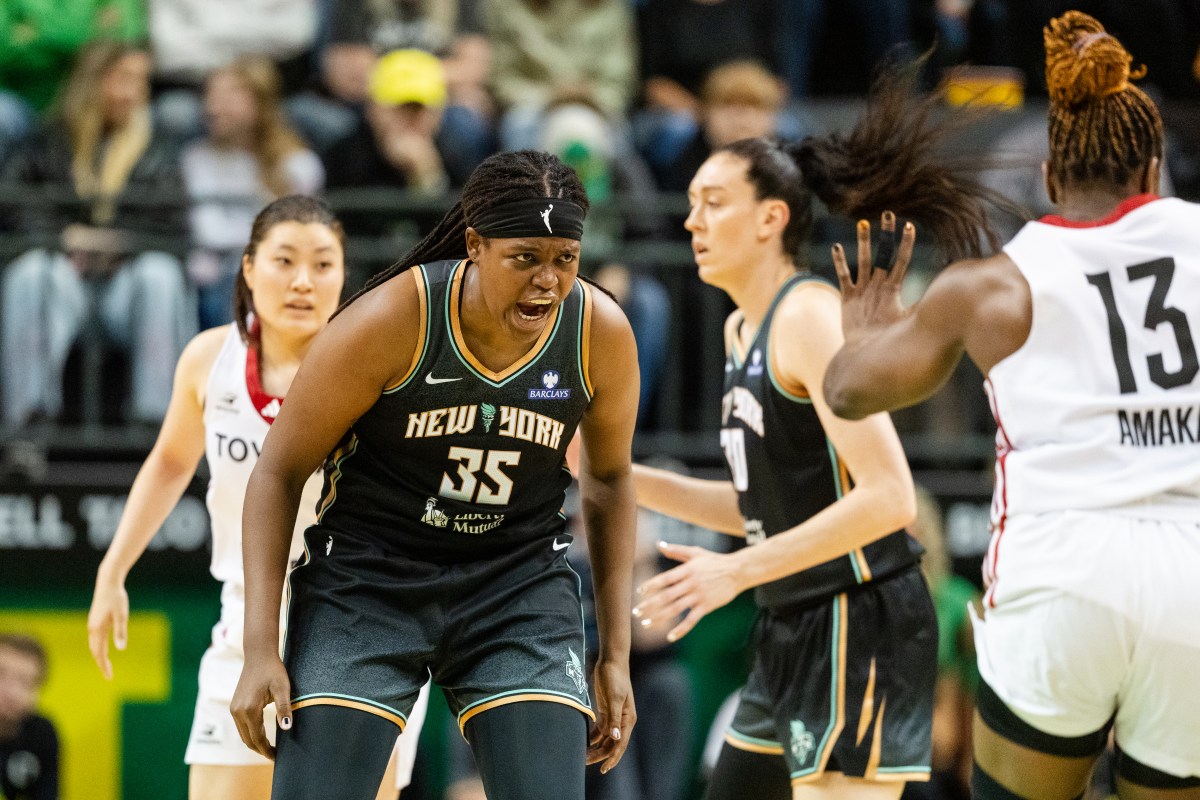
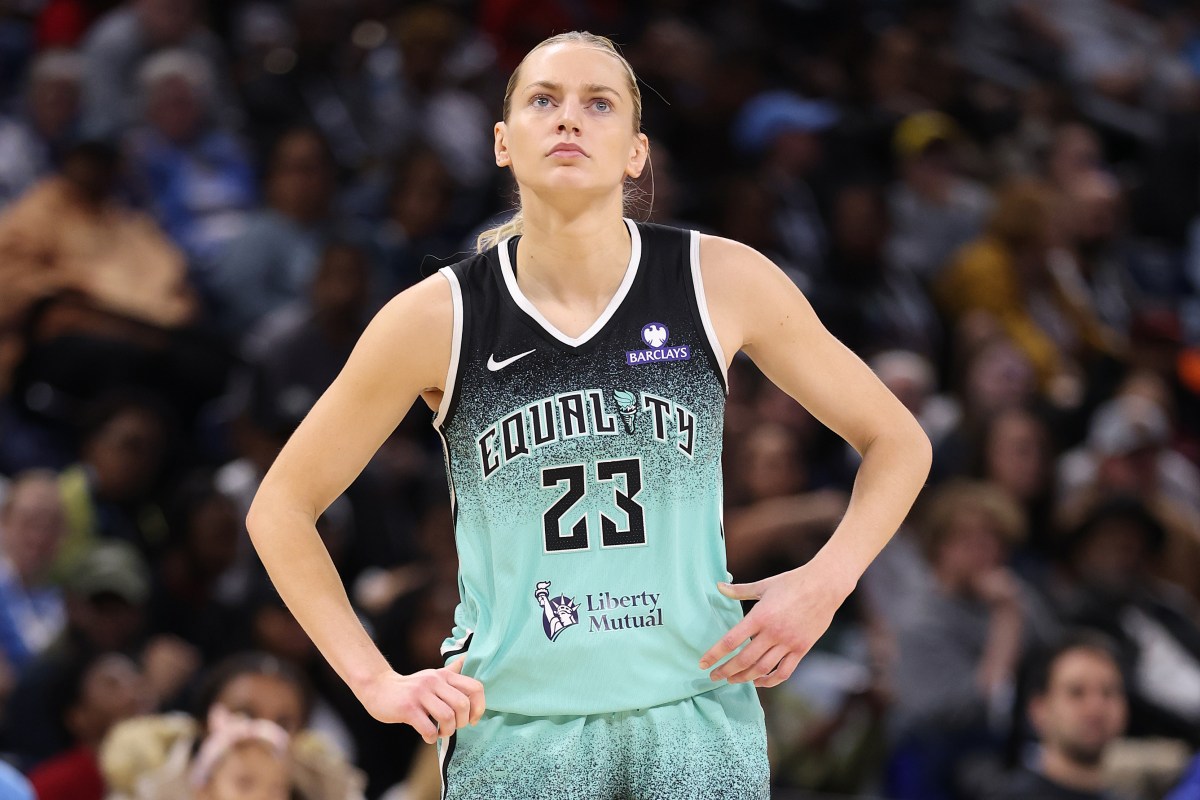
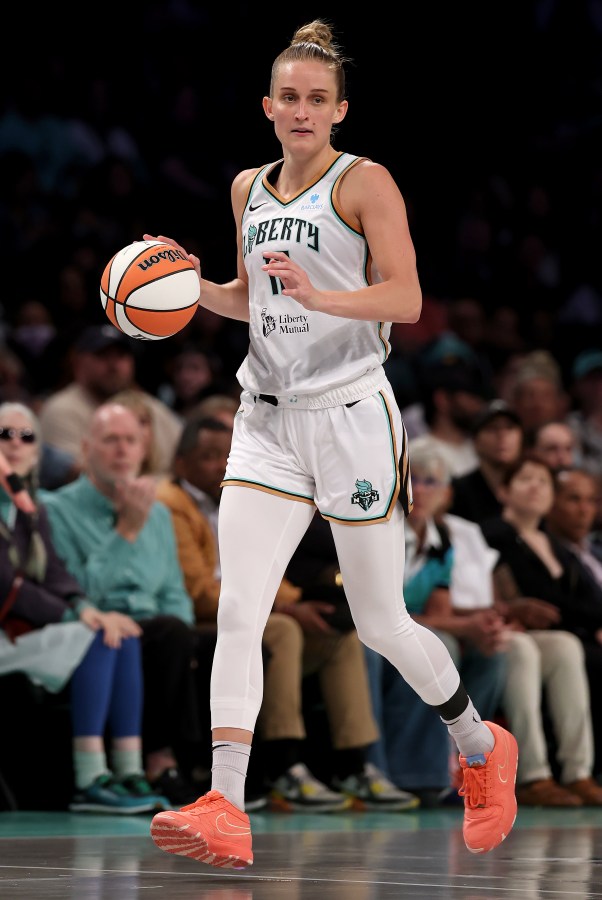
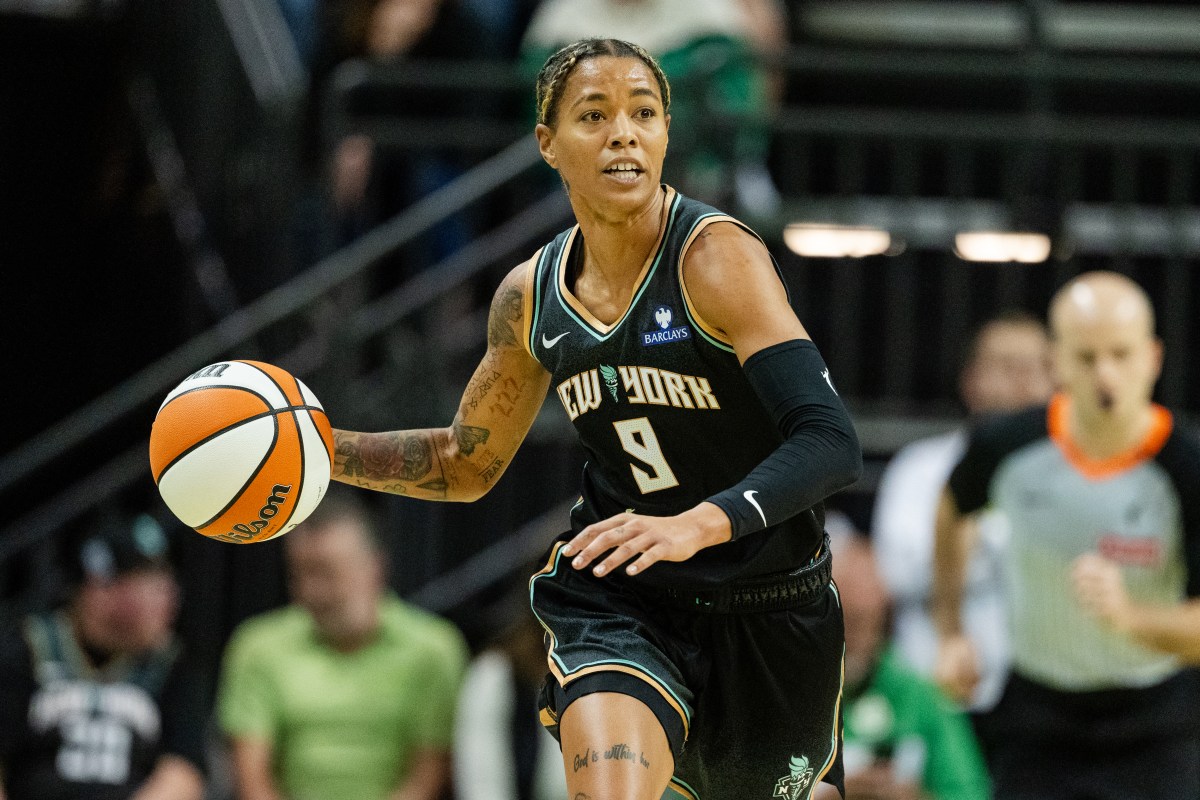
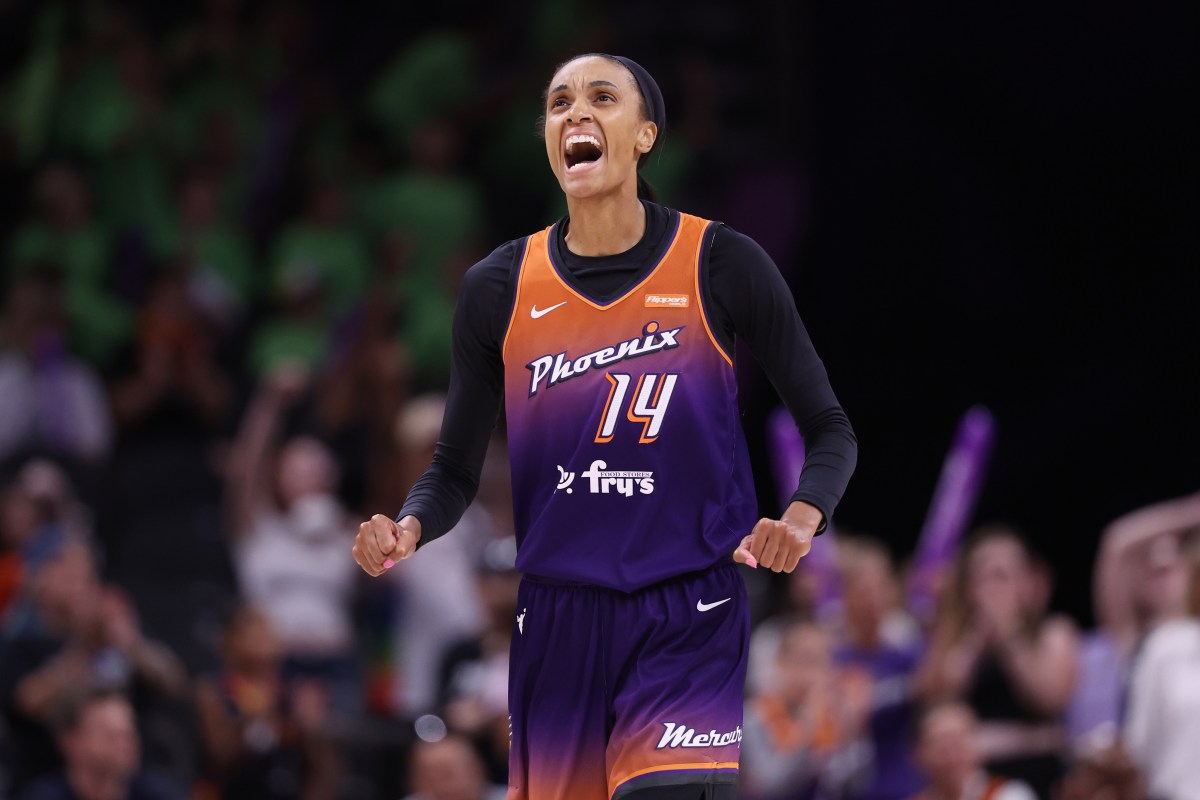
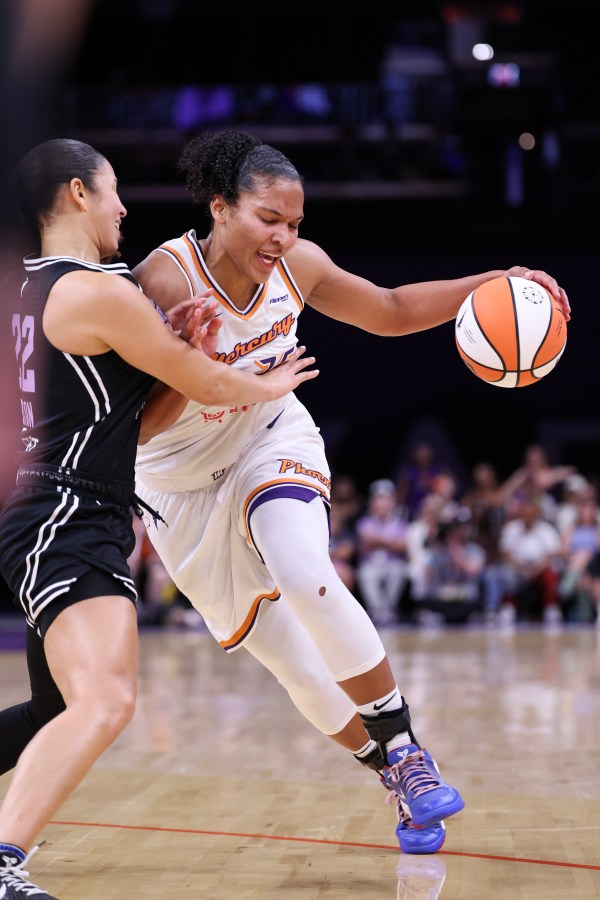
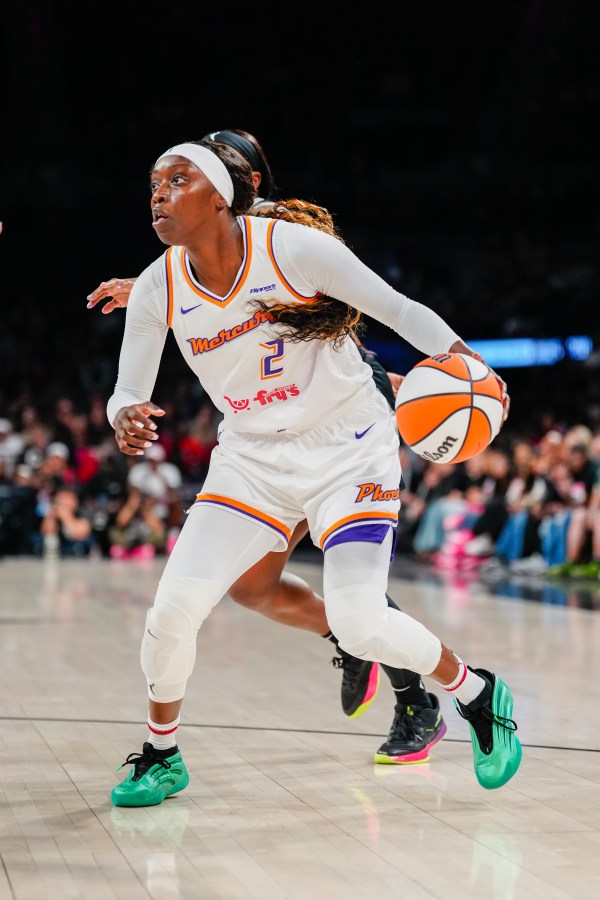
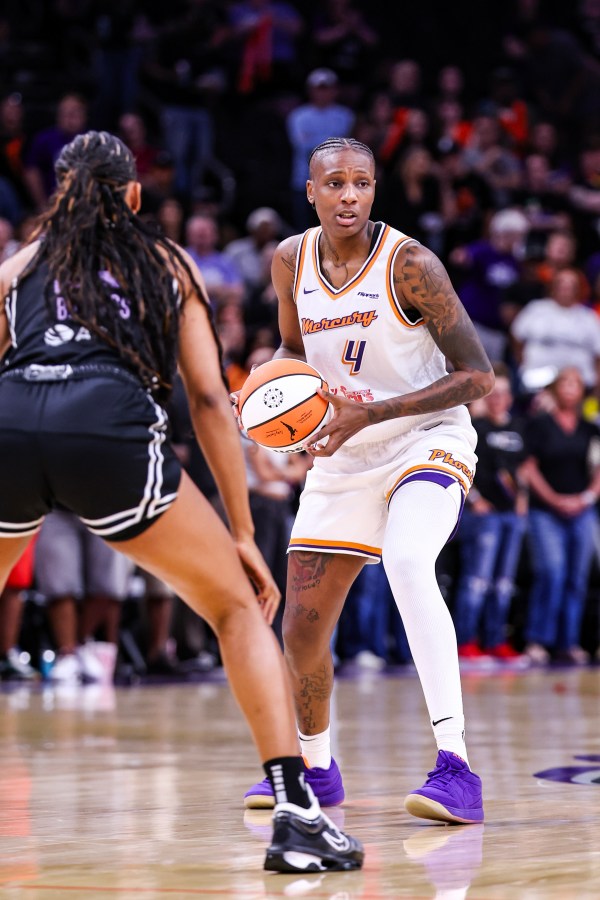
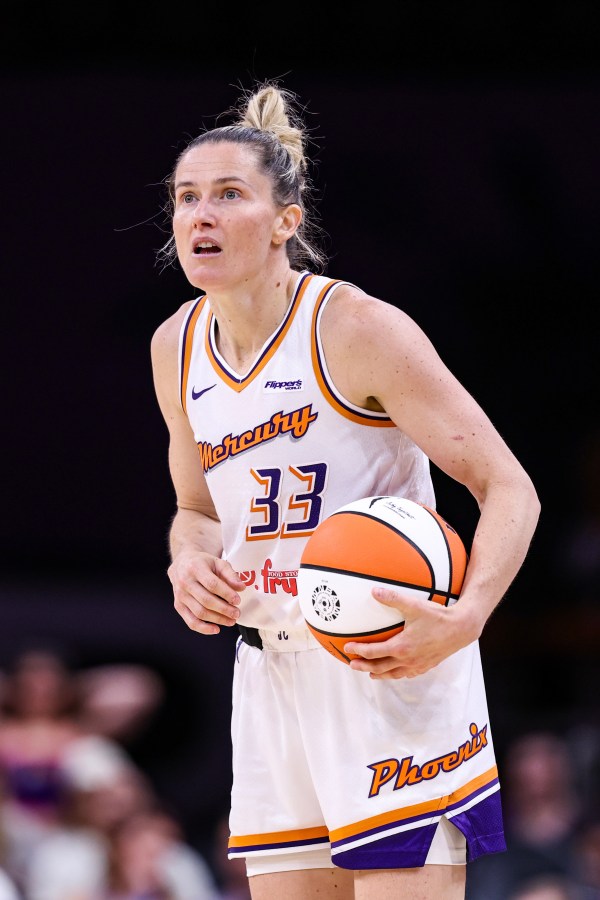
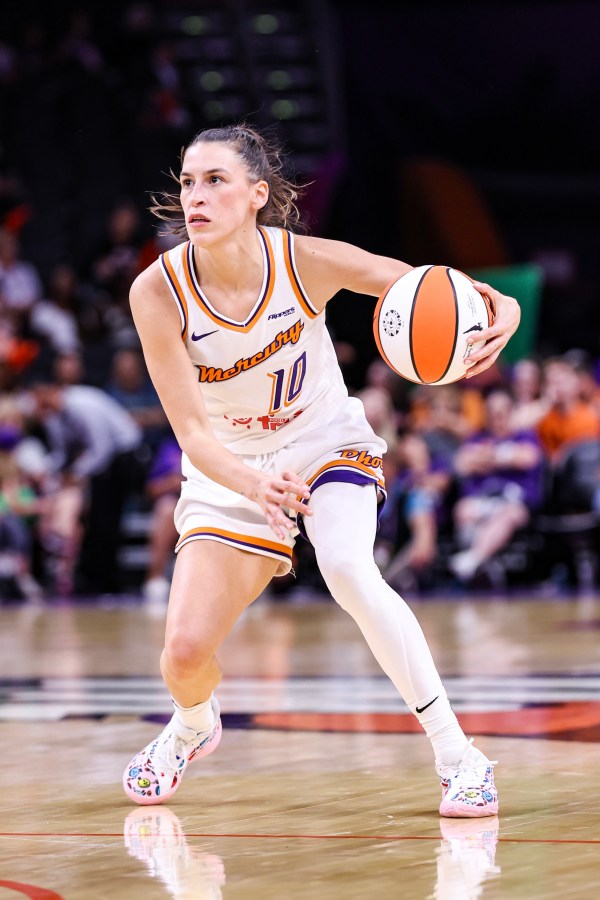

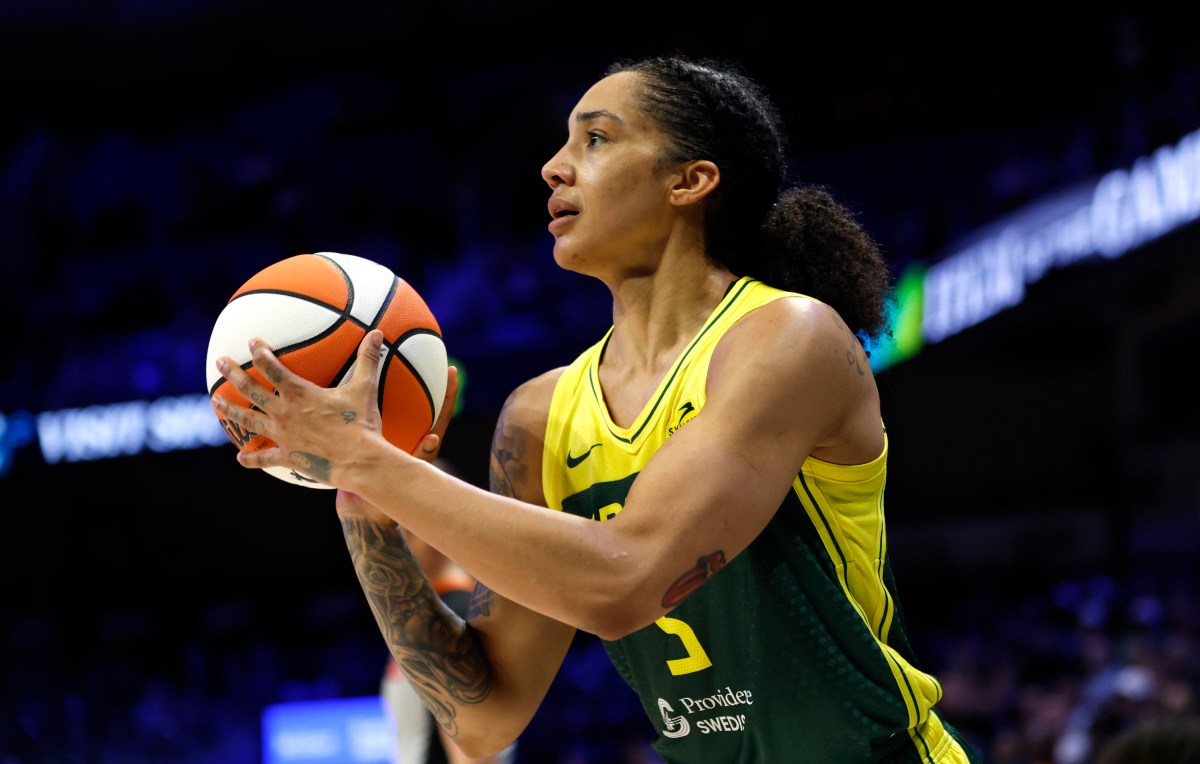
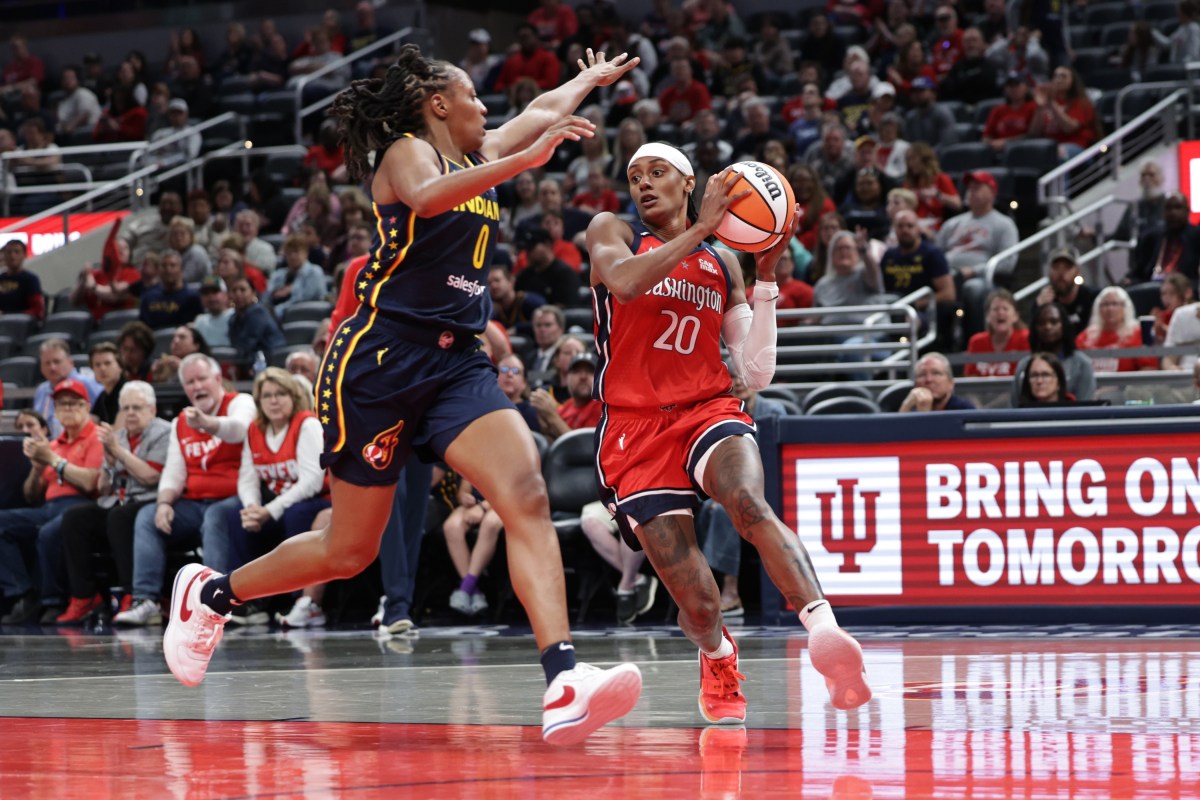
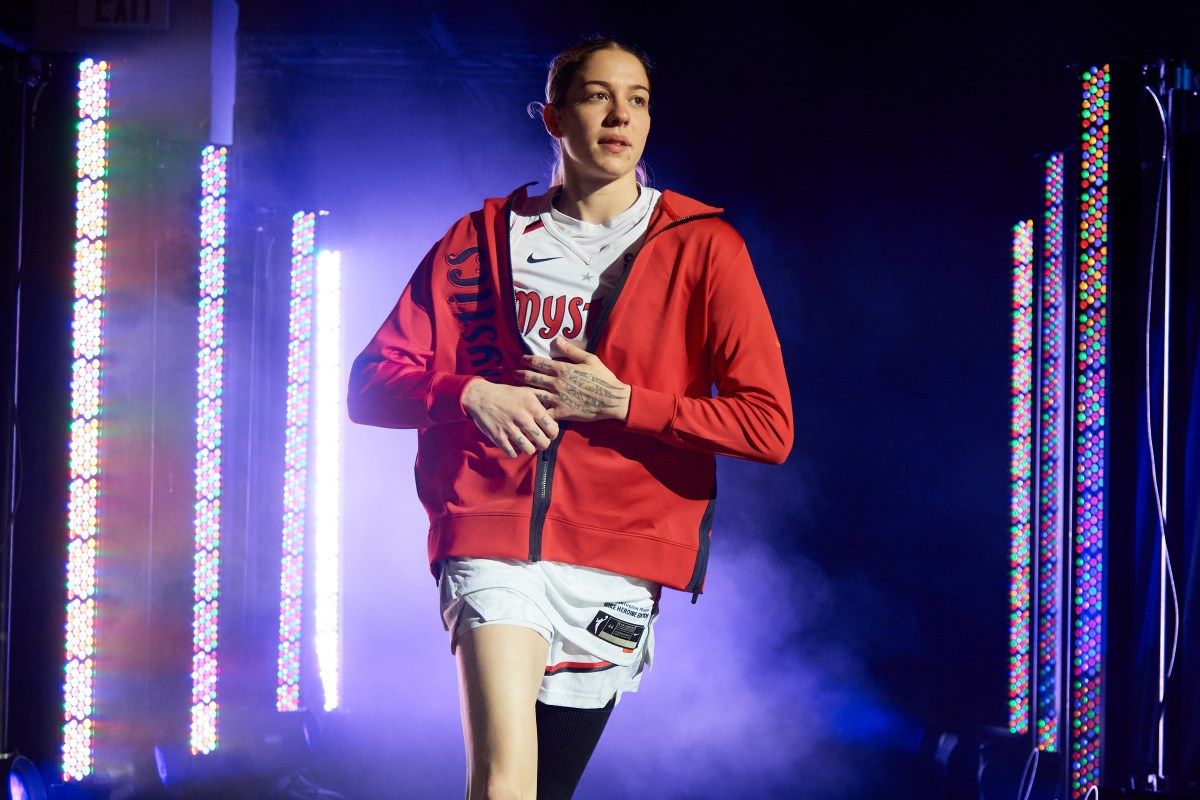


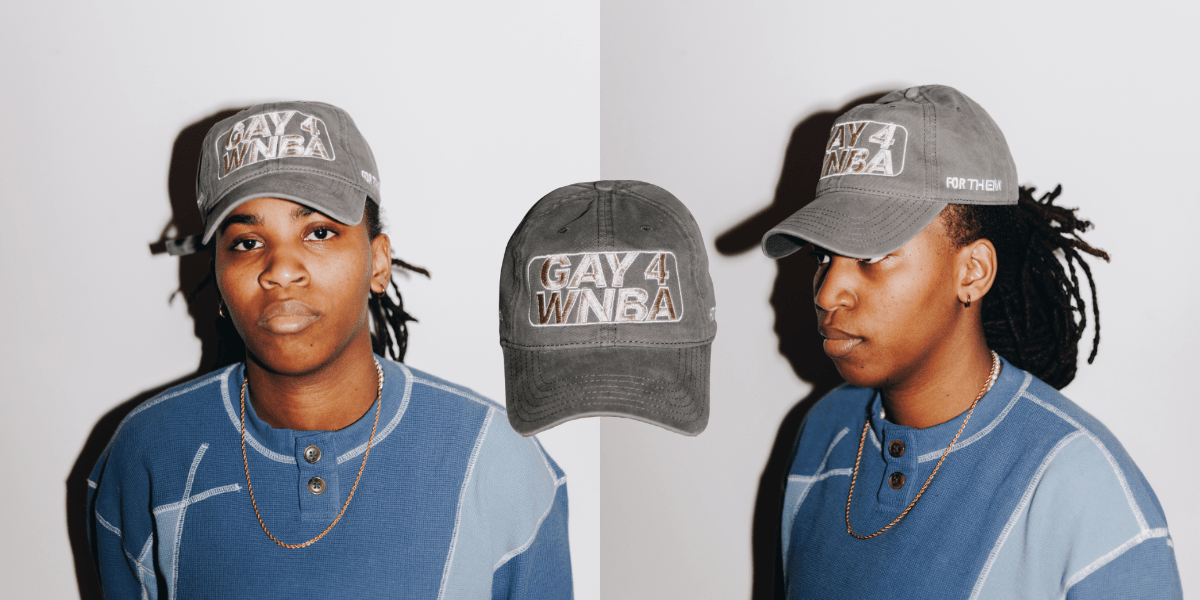
 O’Donnell, whose father’s family is Irish, moved to Ireland before inaguration. “I knew after reading Project 2025 that if Trump got in, it was time for me and my nonbinary child to leave the country,” she
O’Donnell, whose father’s family is Irish, moved to Ireland before inaguration. “I knew after reading Project 2025 that if Trump got in, it was time for me and my nonbinary child to leave the country,” she 


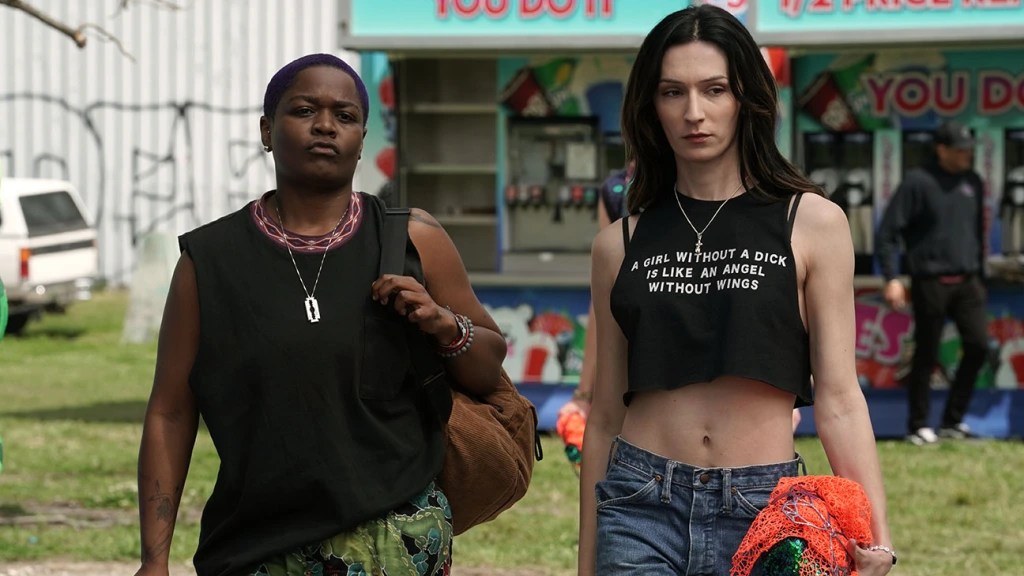
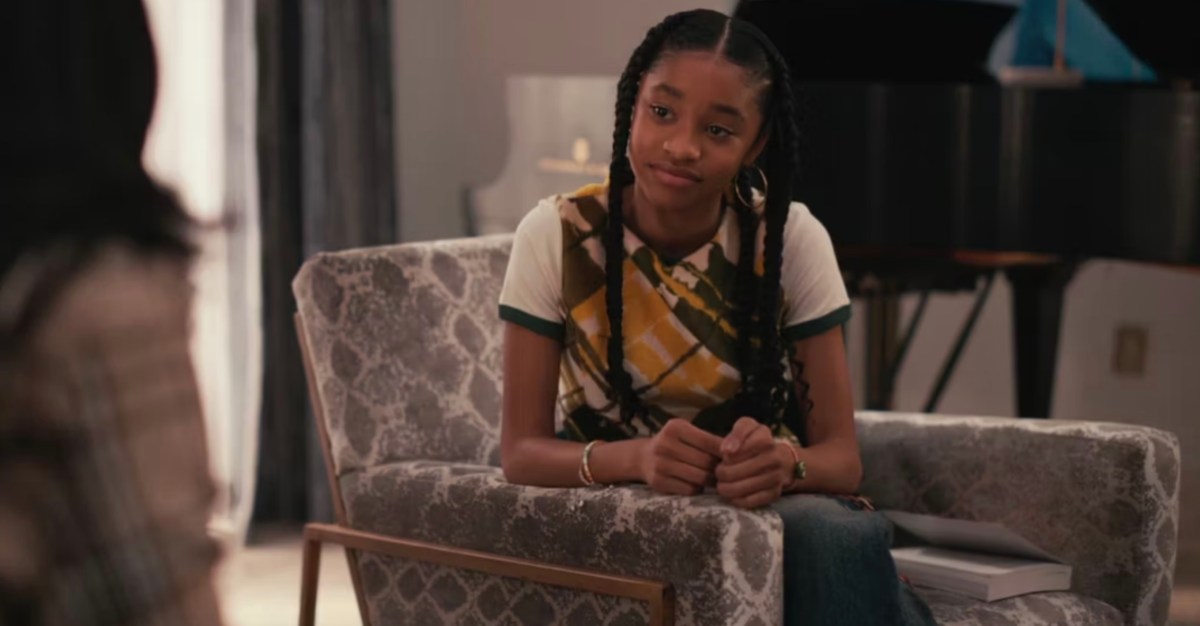
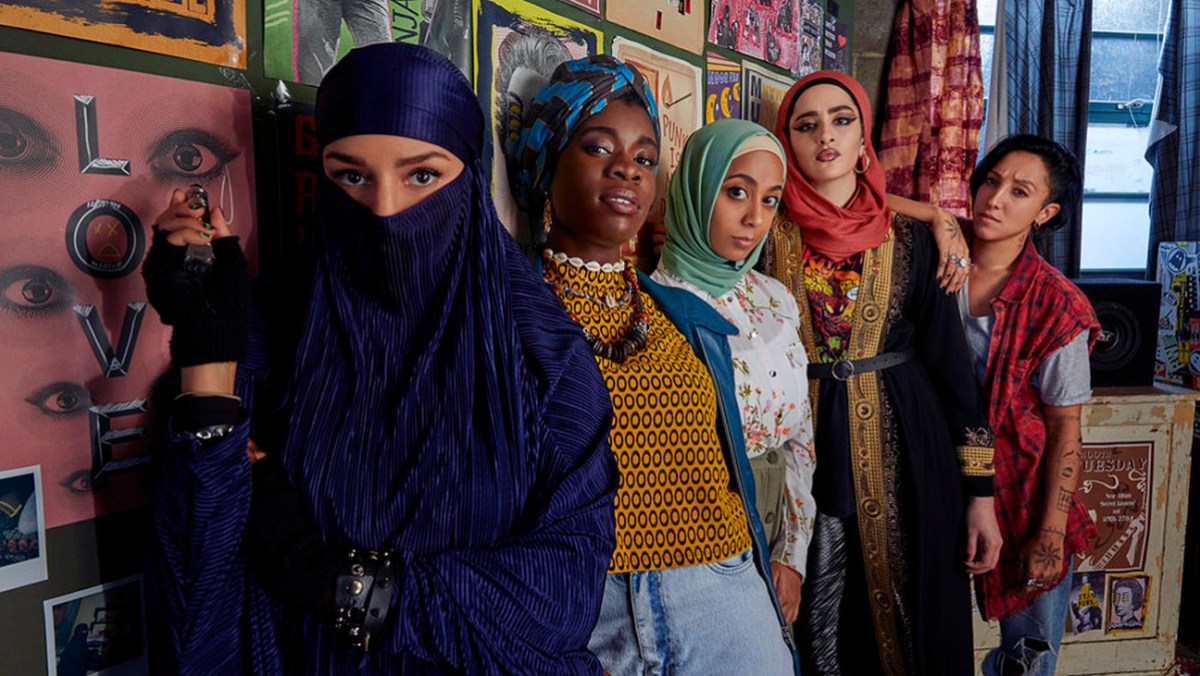
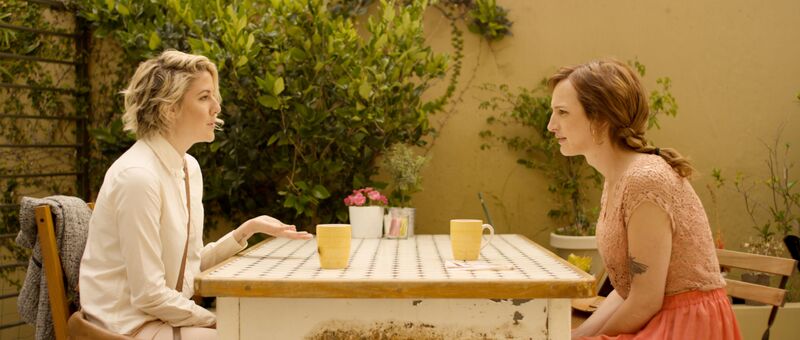
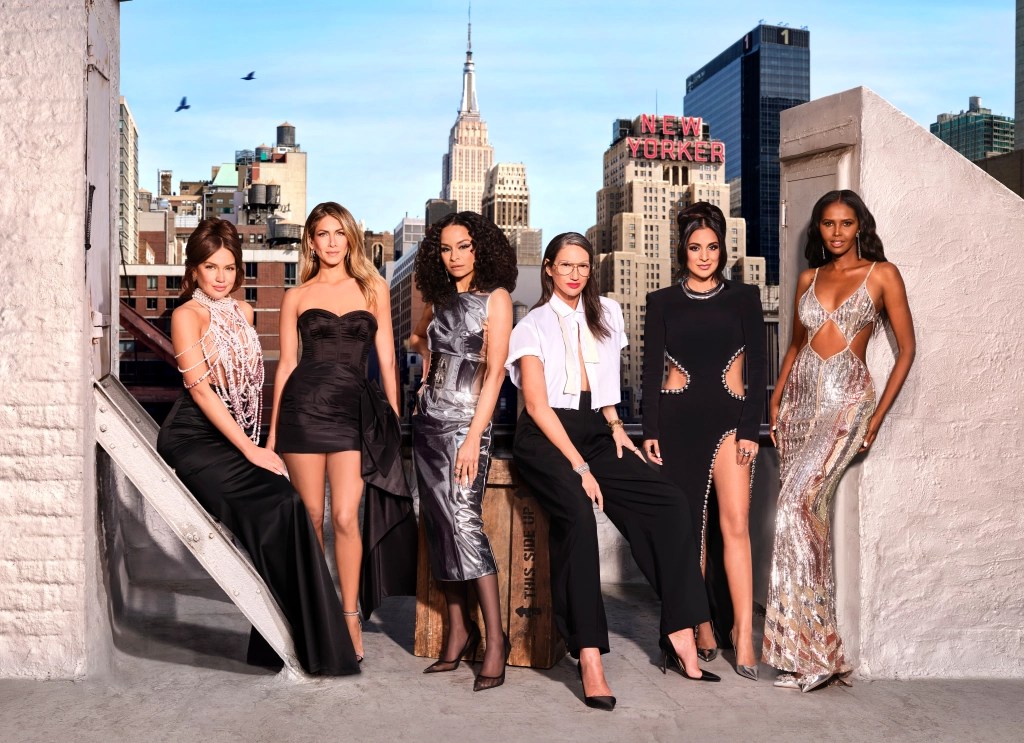



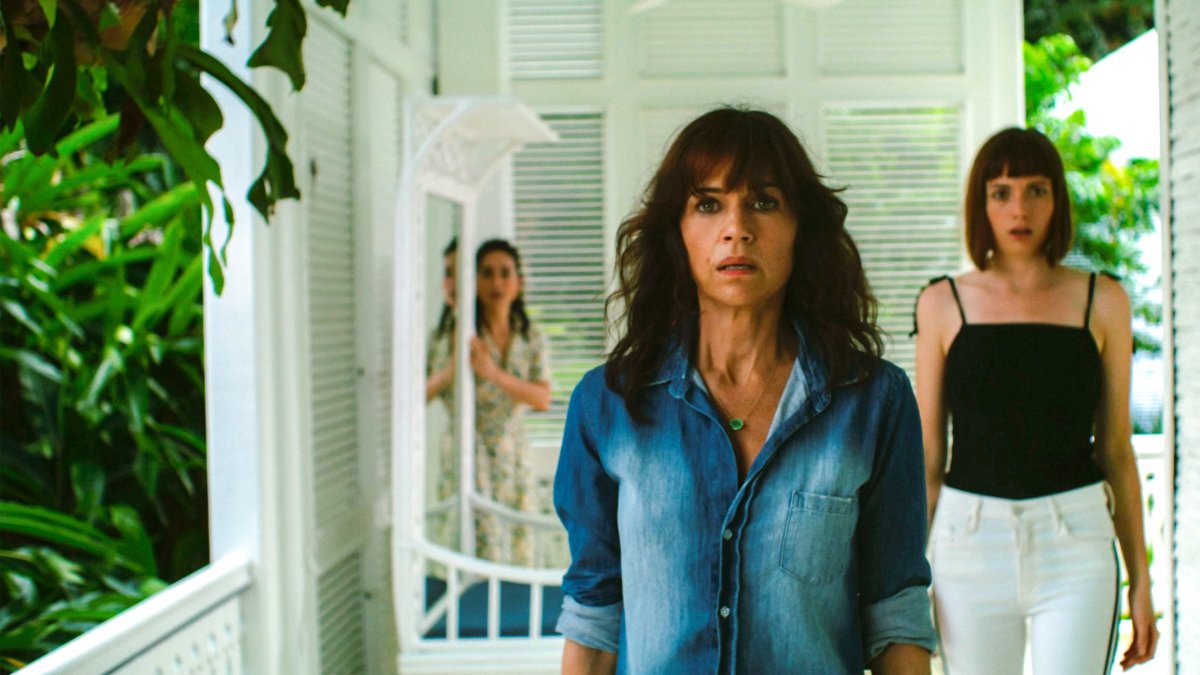
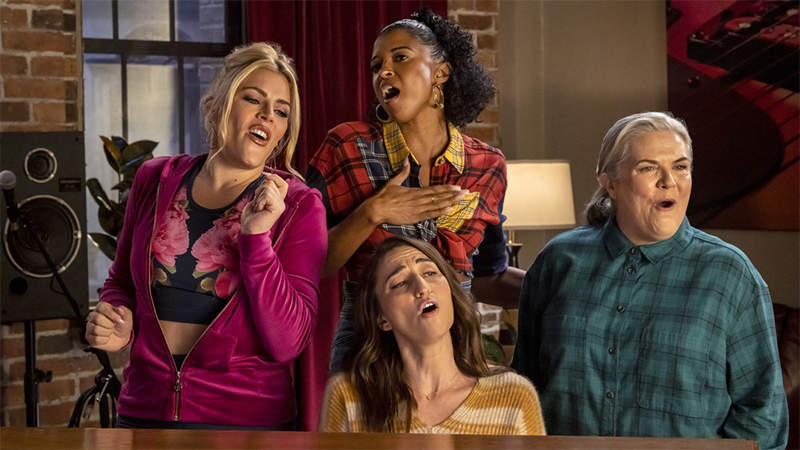
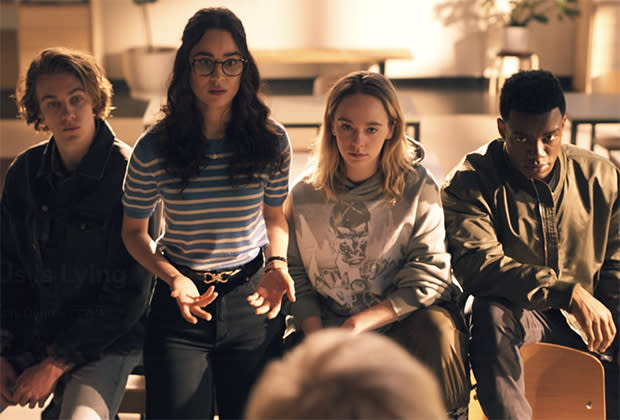
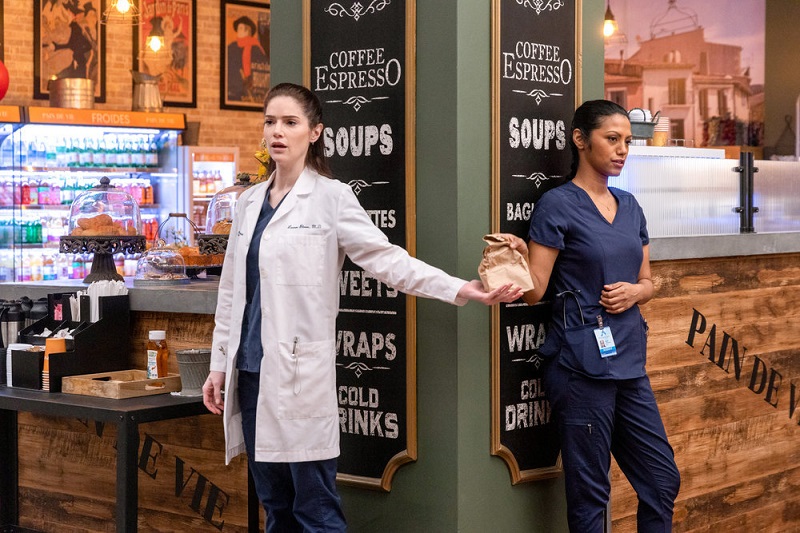
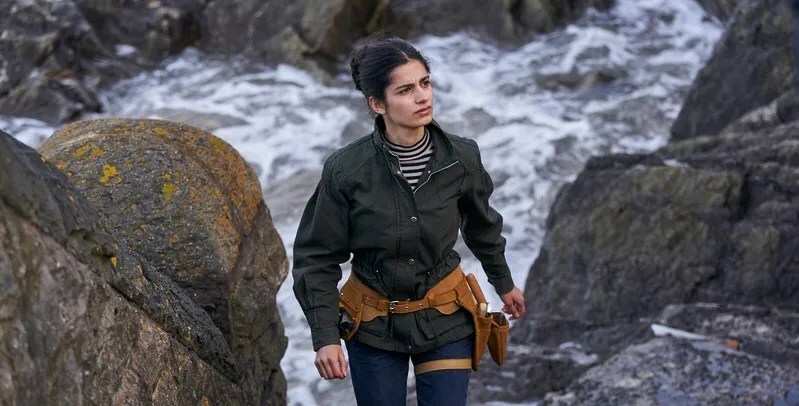
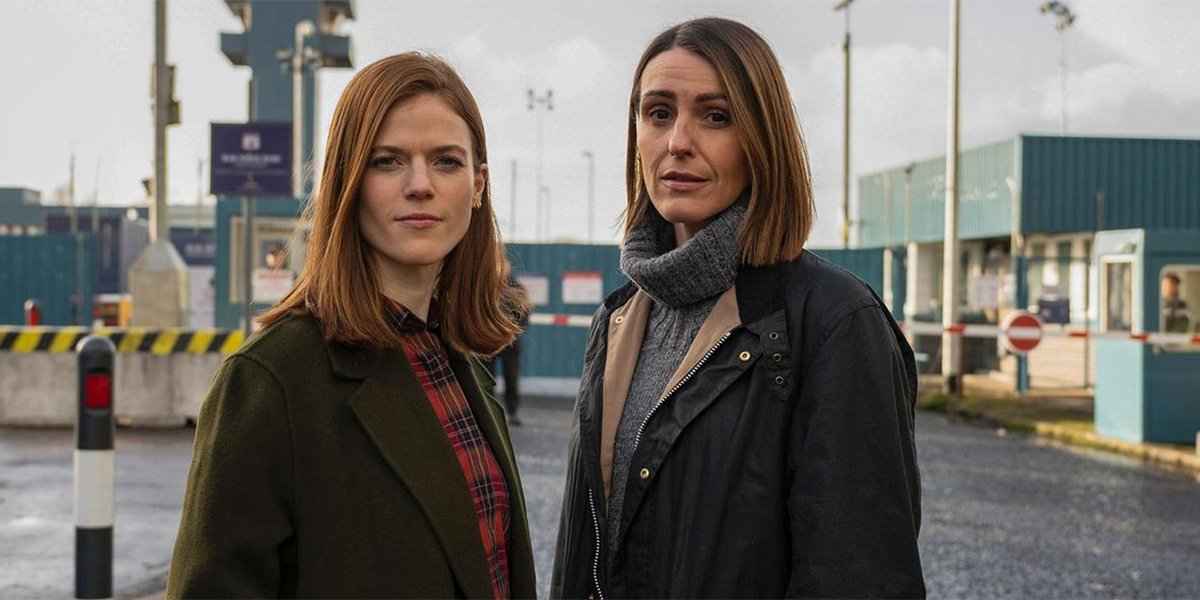
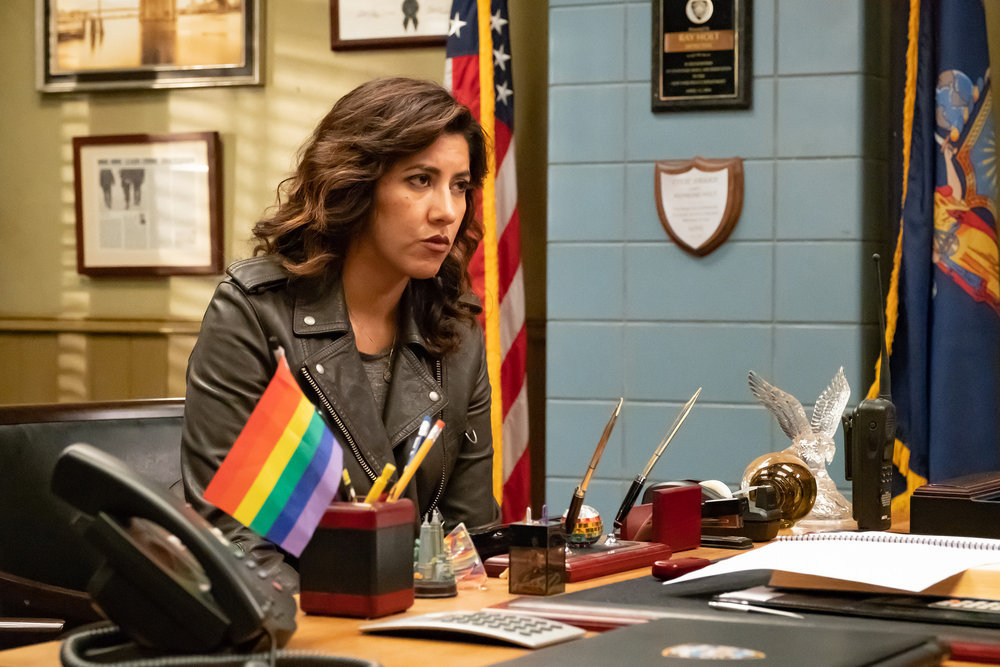

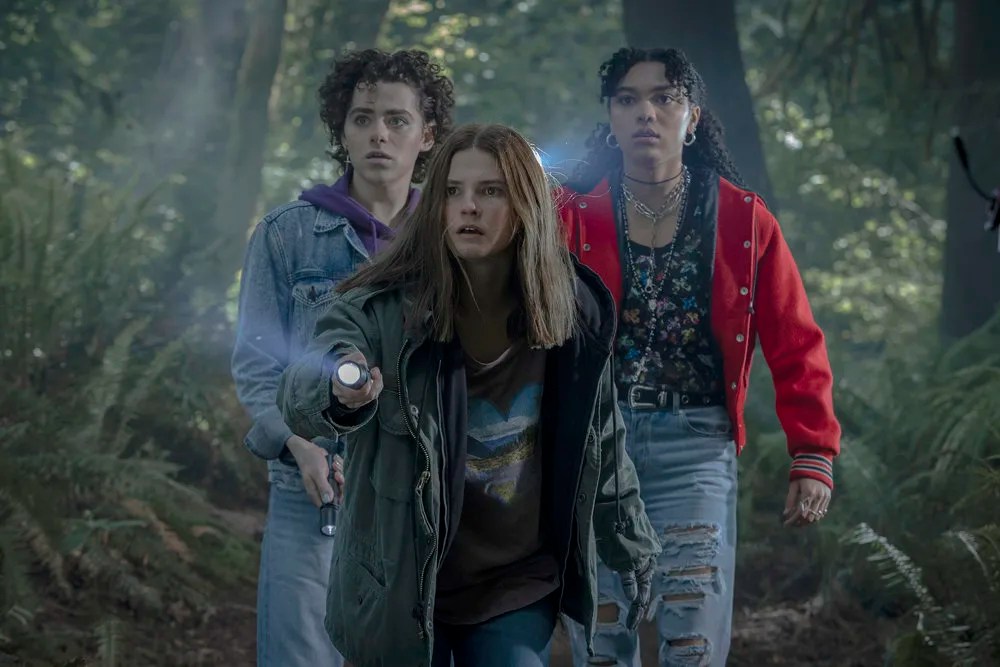
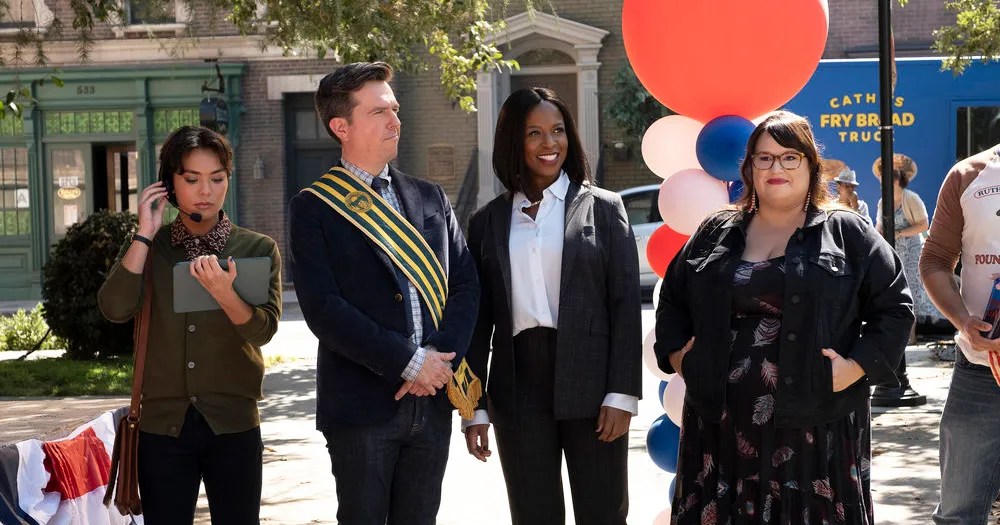
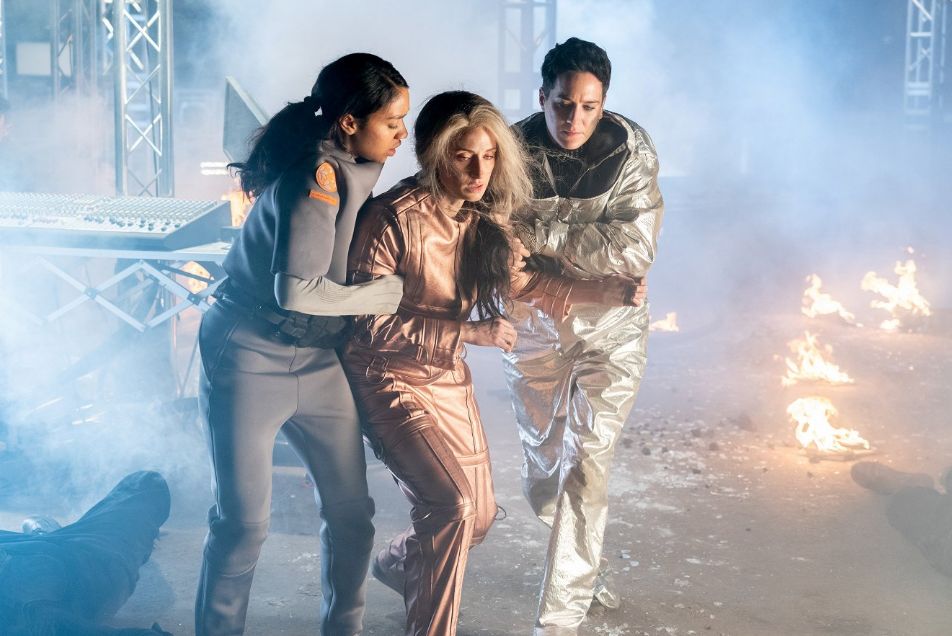
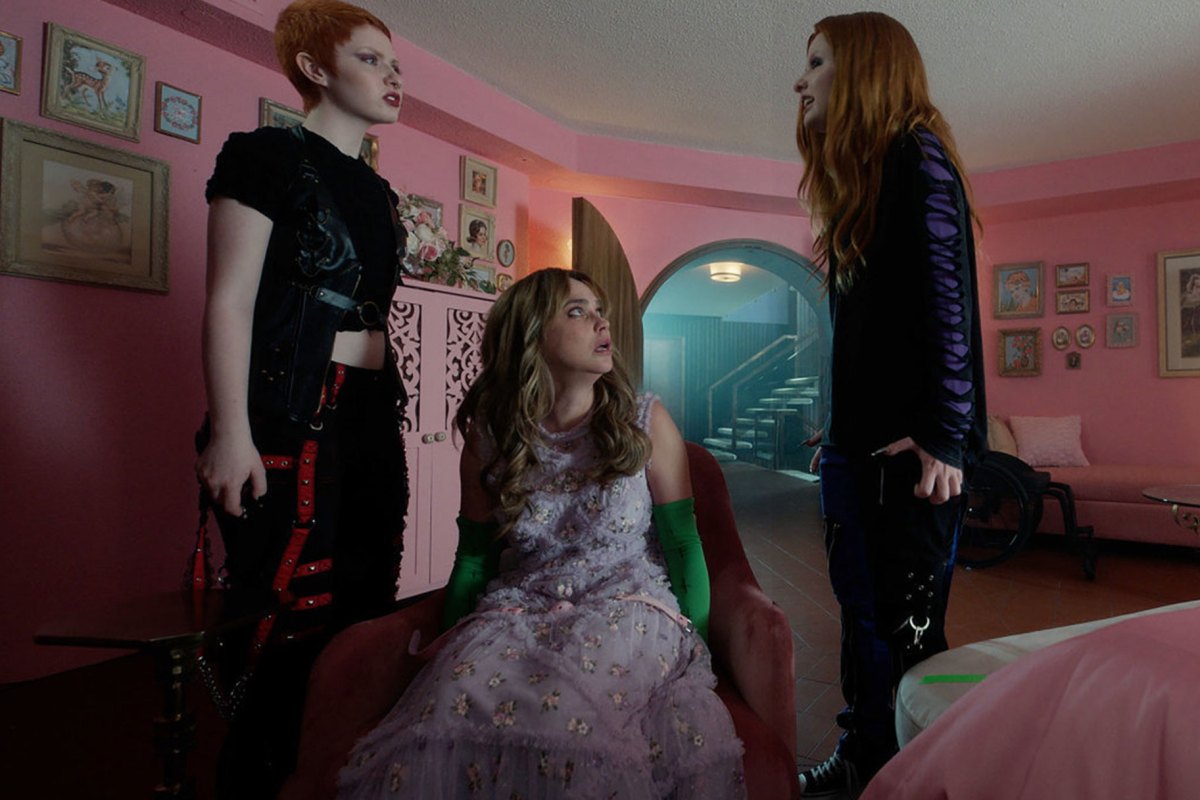
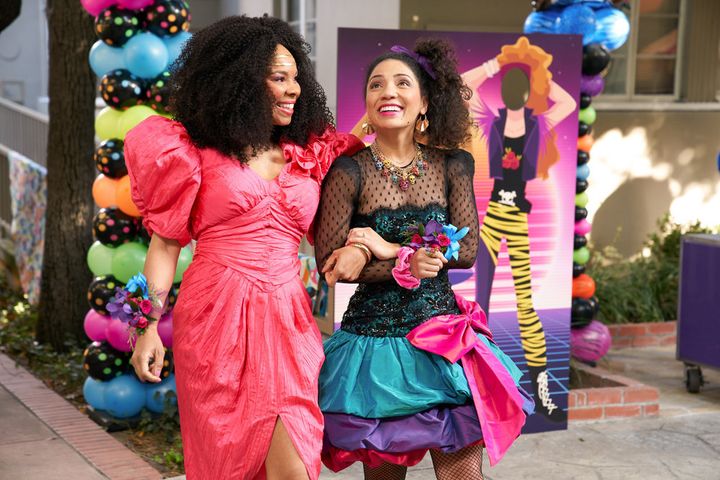

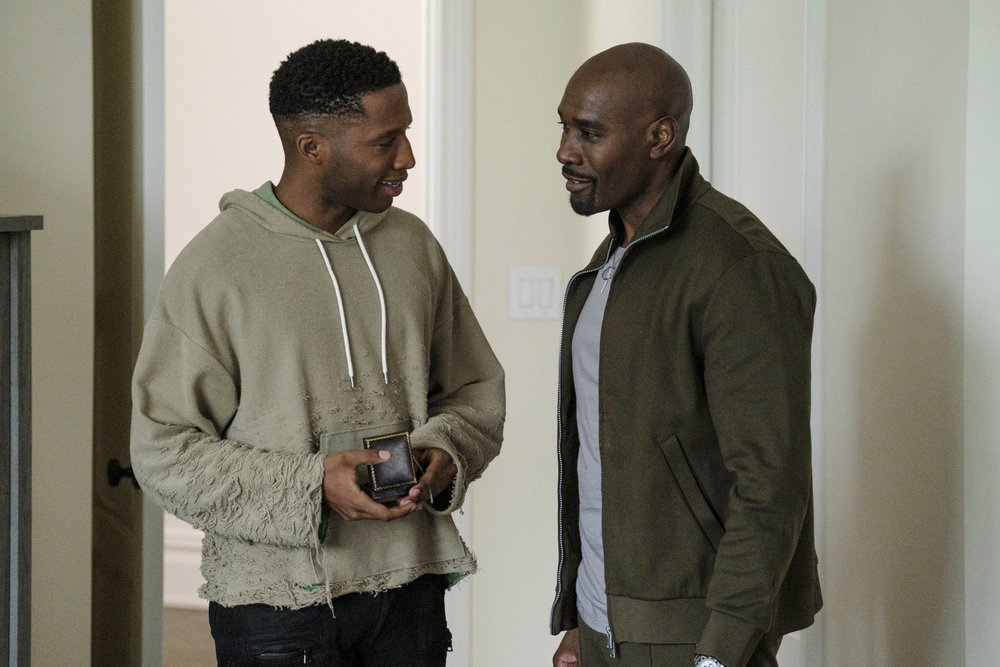
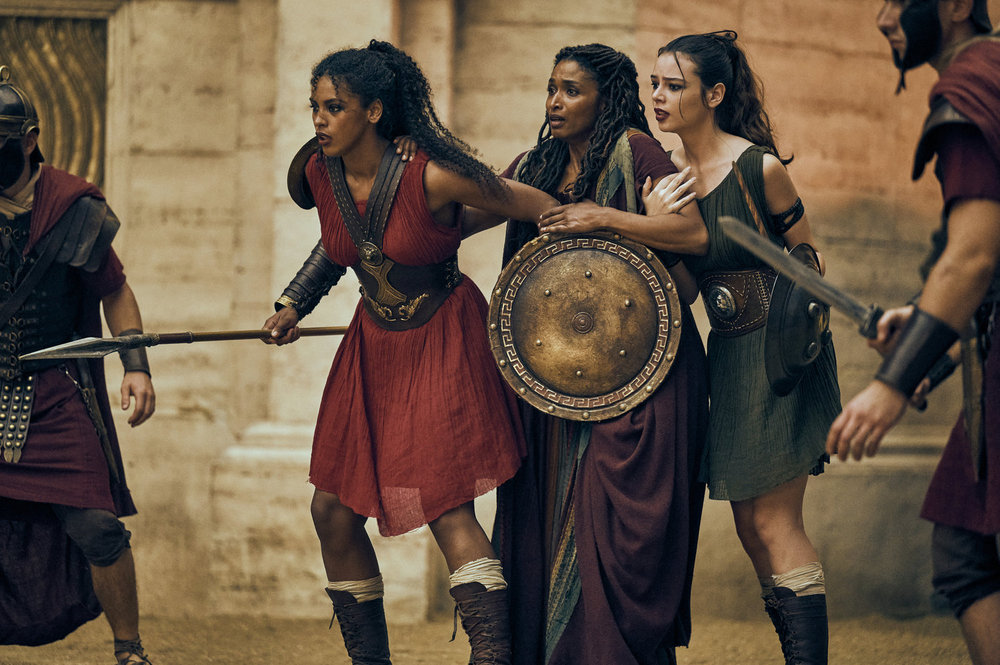
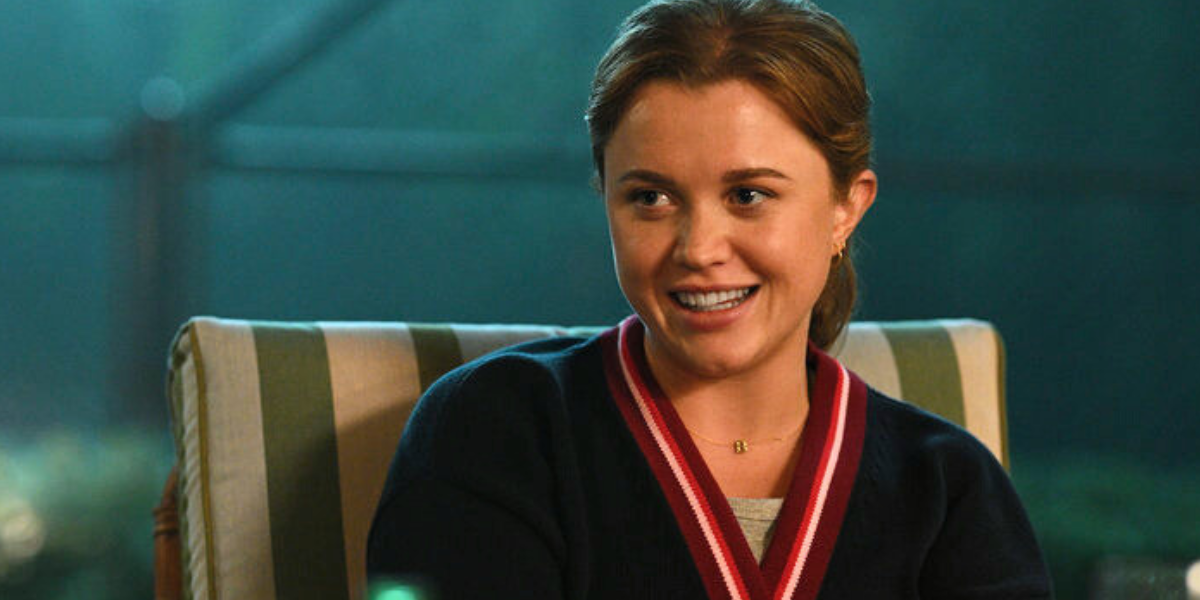
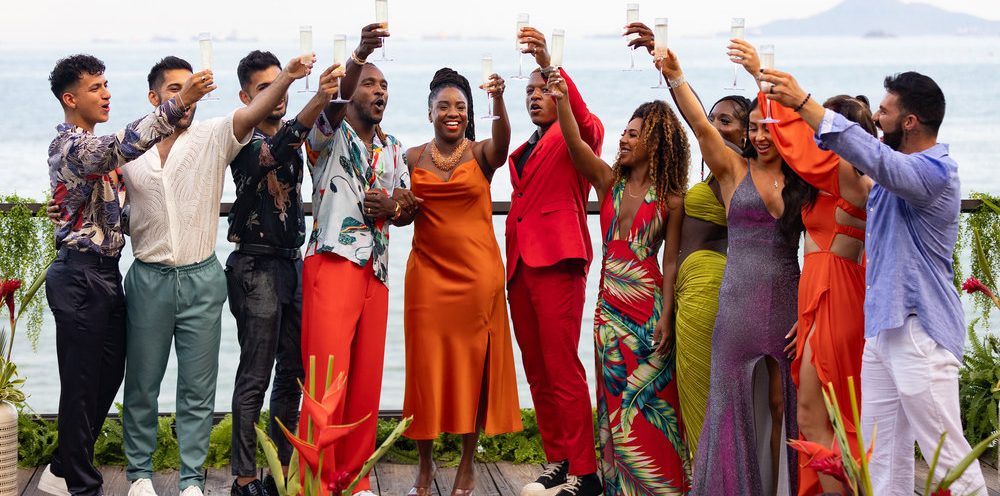
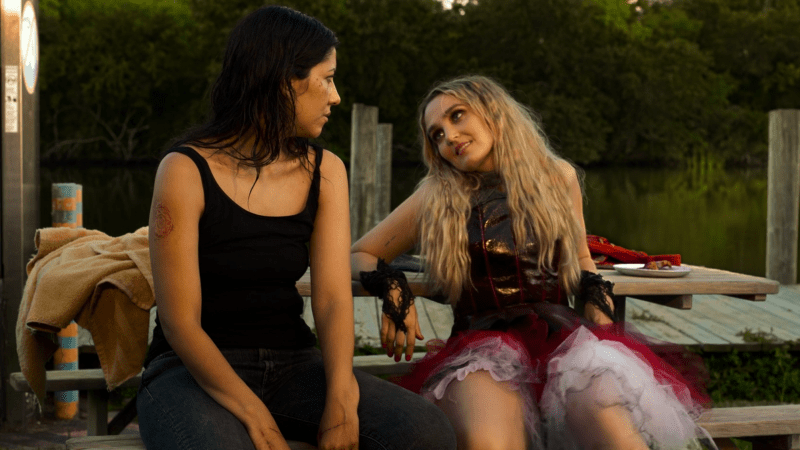
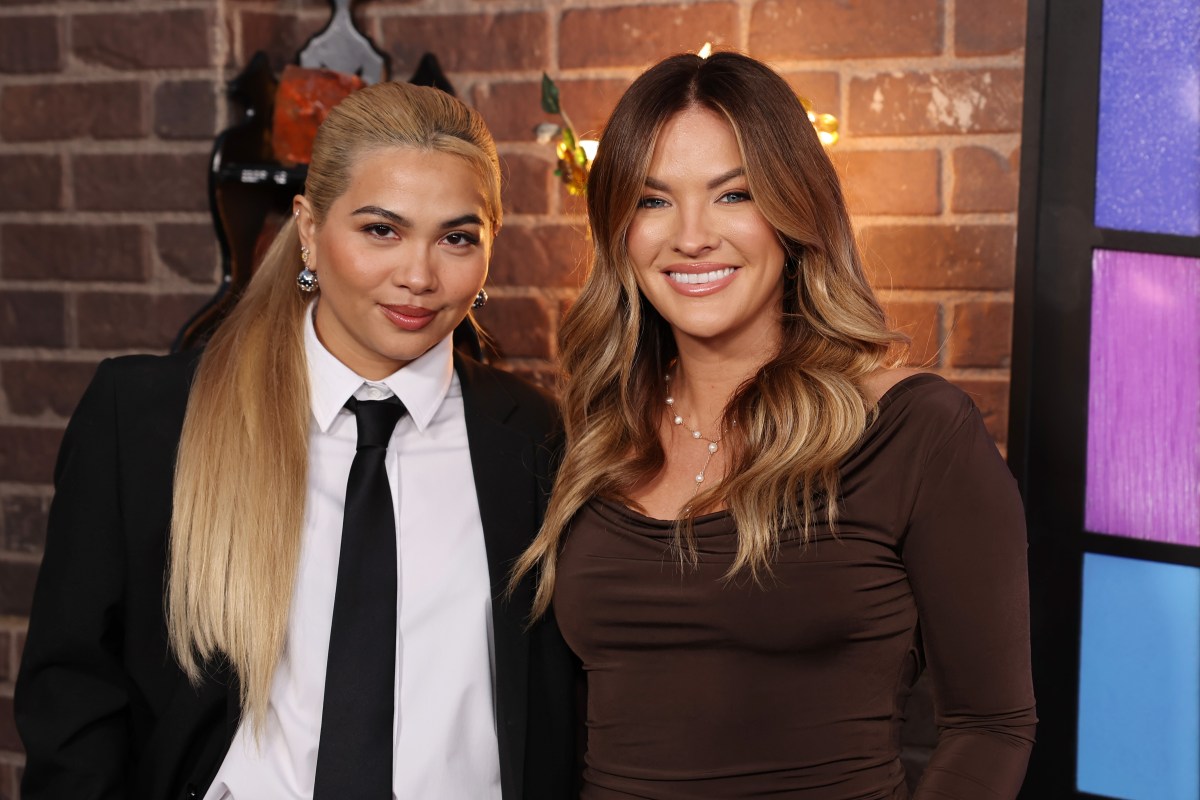












That is a _lot_ to hold. Thank you for writing so openly and honestly about it!
I had two leap-of-faith kinds of moves very much like that around than a decade ago—one to NY in 2014 (in the winter, and our moving truck got rear-ended in the ice) and one to Chicago in 2015 (in the summer, and I feel you about this heat wave). Been in Chicago ever since and love it here, but _wow_ was it an ordeal getting from Point A to Point B (to Point C).
So here’s what I’ll say:
• Welcome! (preemptively)
• You’ll turn out OK no matter what happens around you.
• Feeling at home does in fact count for so, so much.
Hoping for safe travels and for feelings of peace and comfort along the way.
Want to add another welcome as someone who also grew up in St. Louis, came to Chicago for undergrad, and has now lived her for over two decades!
I definitely am more on your girlfriend’s side of things as someone who moved this spring for the first time in 13 years, though we only moved 2 blocks away (sadly leaving my beloved fourth floor walk-up apartment for a place that’s more accessible for aging parents). I wish you all of the luck on your move and the aftermath!
And for what it’s worth, I’ve grown to have a lot of affection for this city, and it definitely contains multitudes. So if you don’t find a good fit/community wherever you land initially, it is probably out there somewhere in the city.